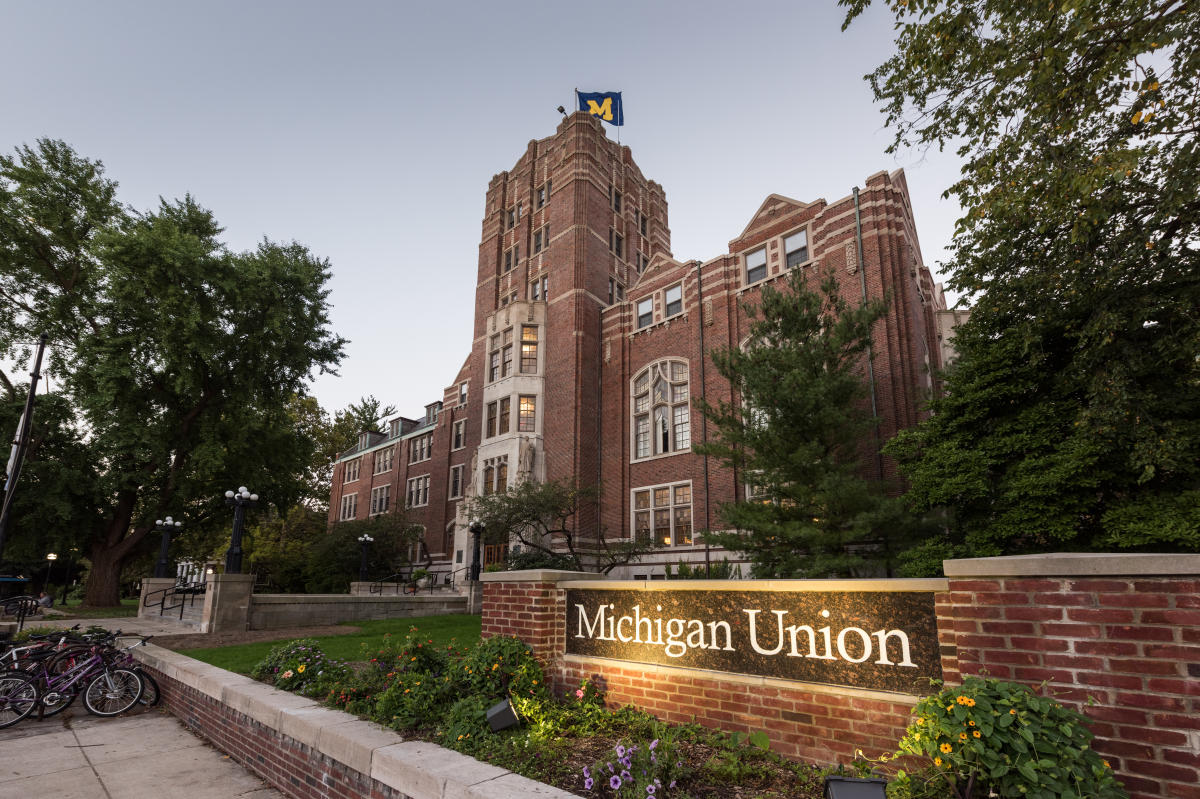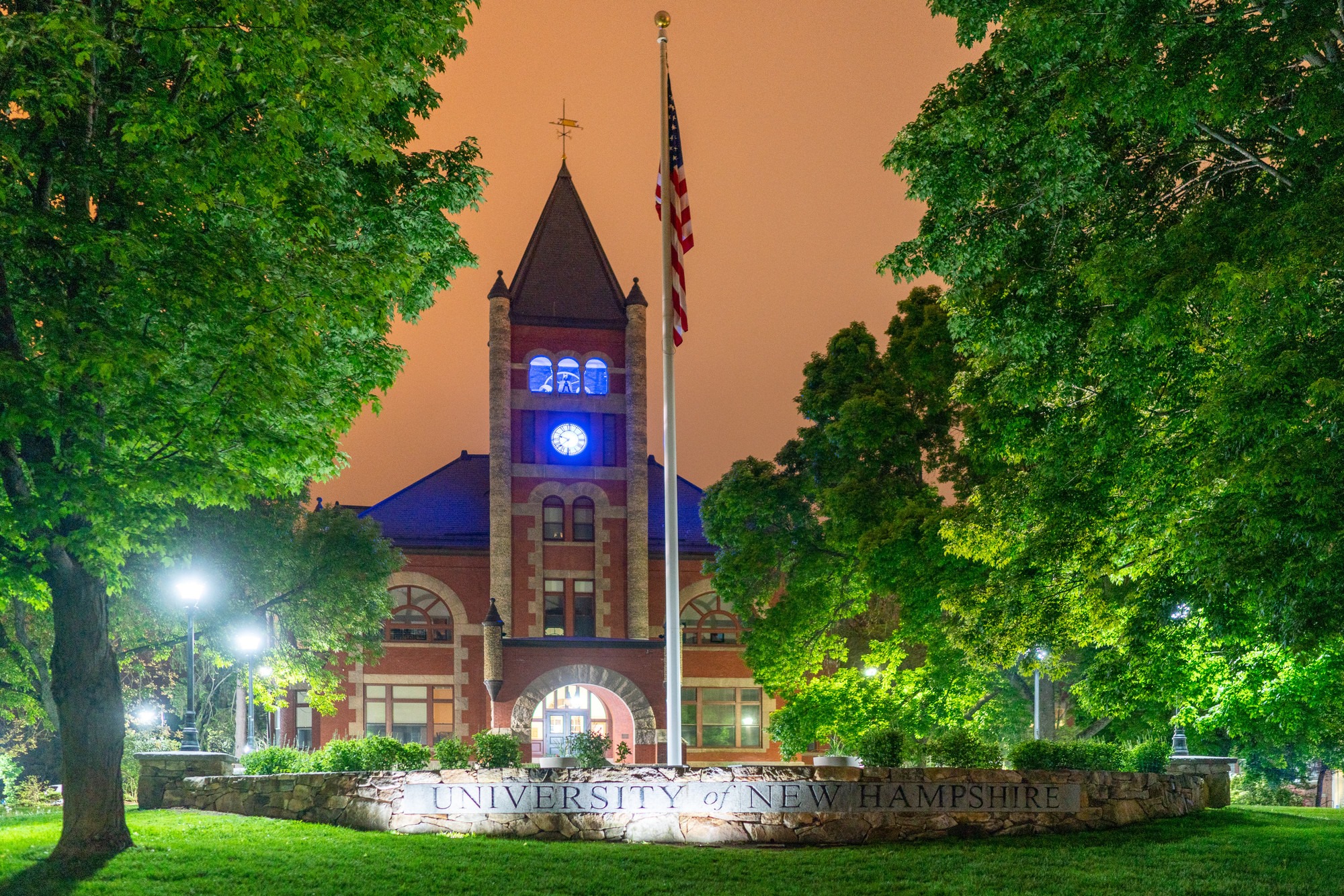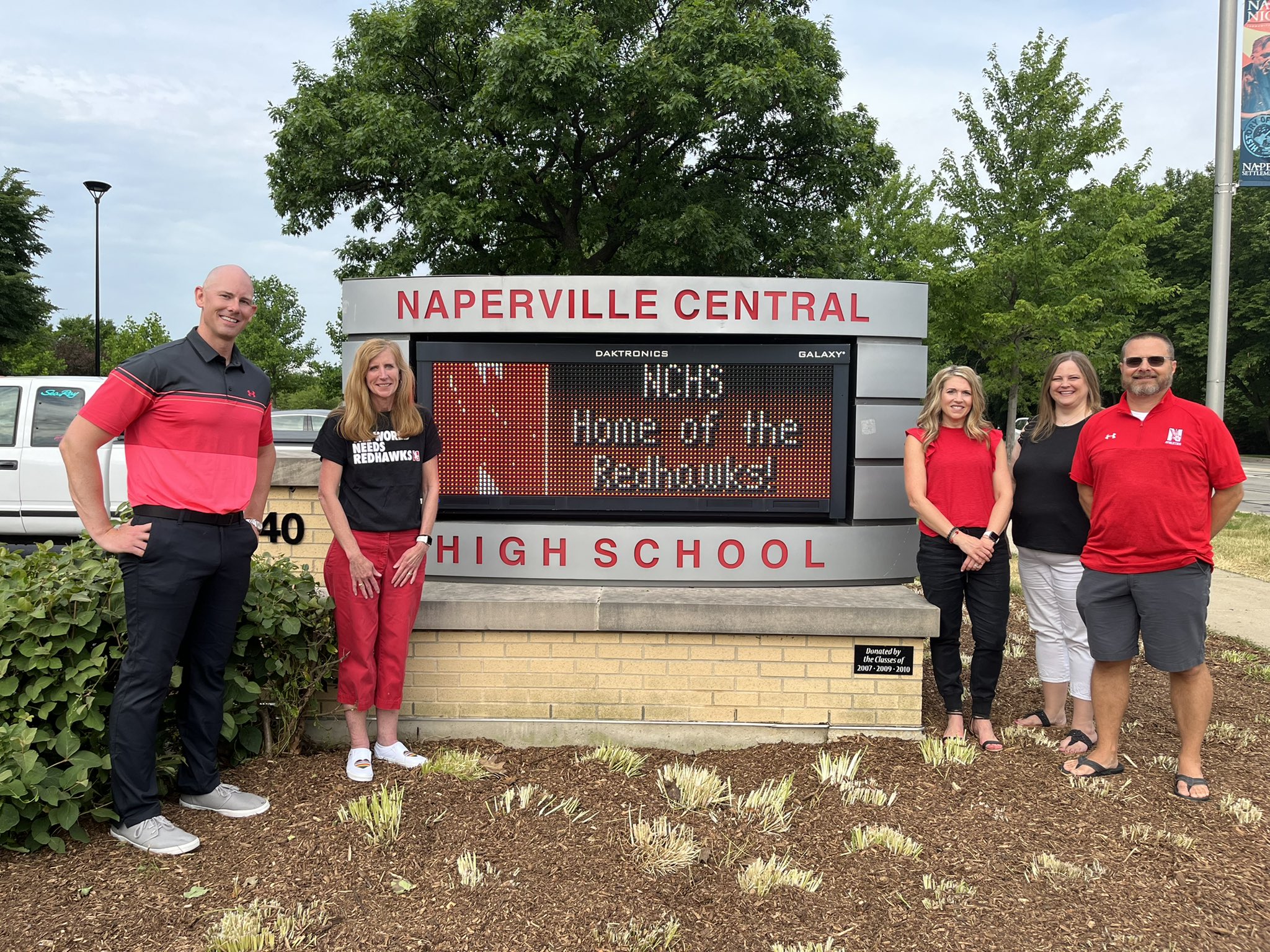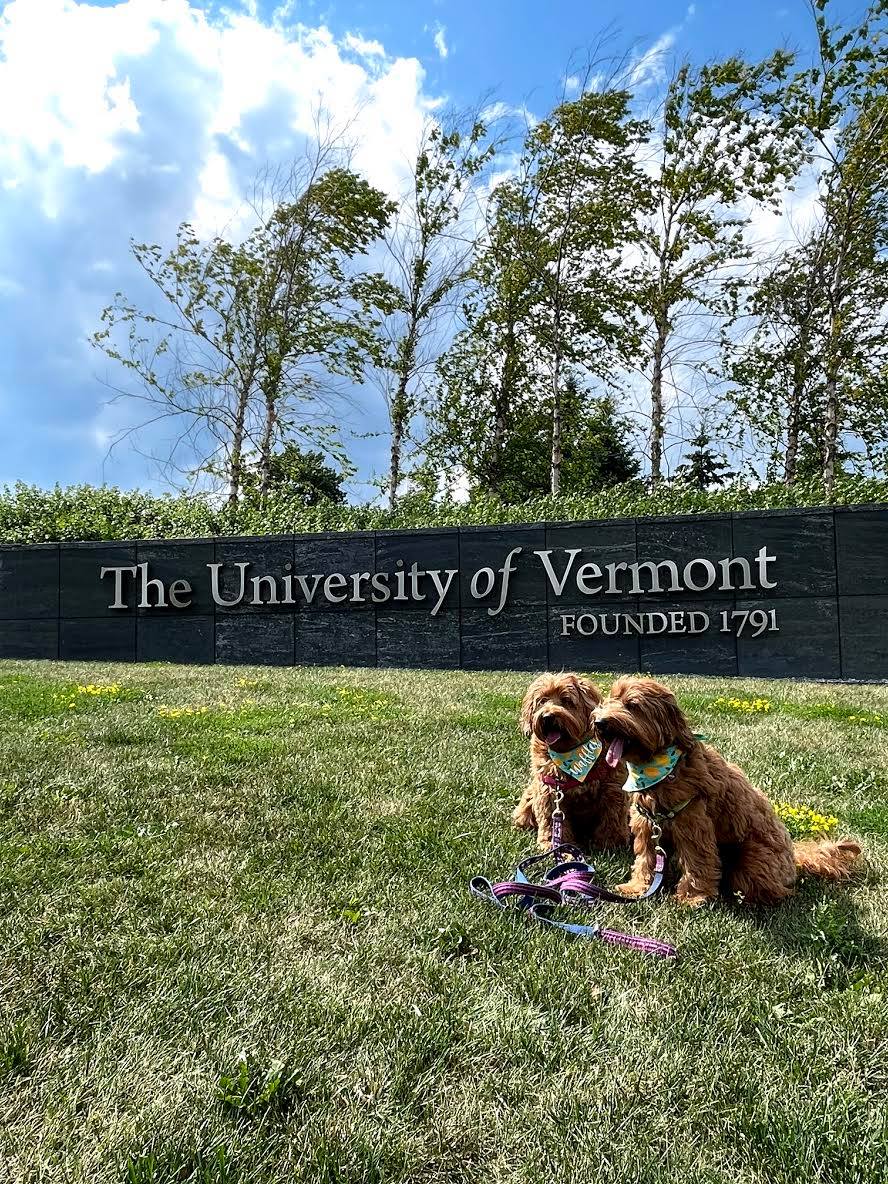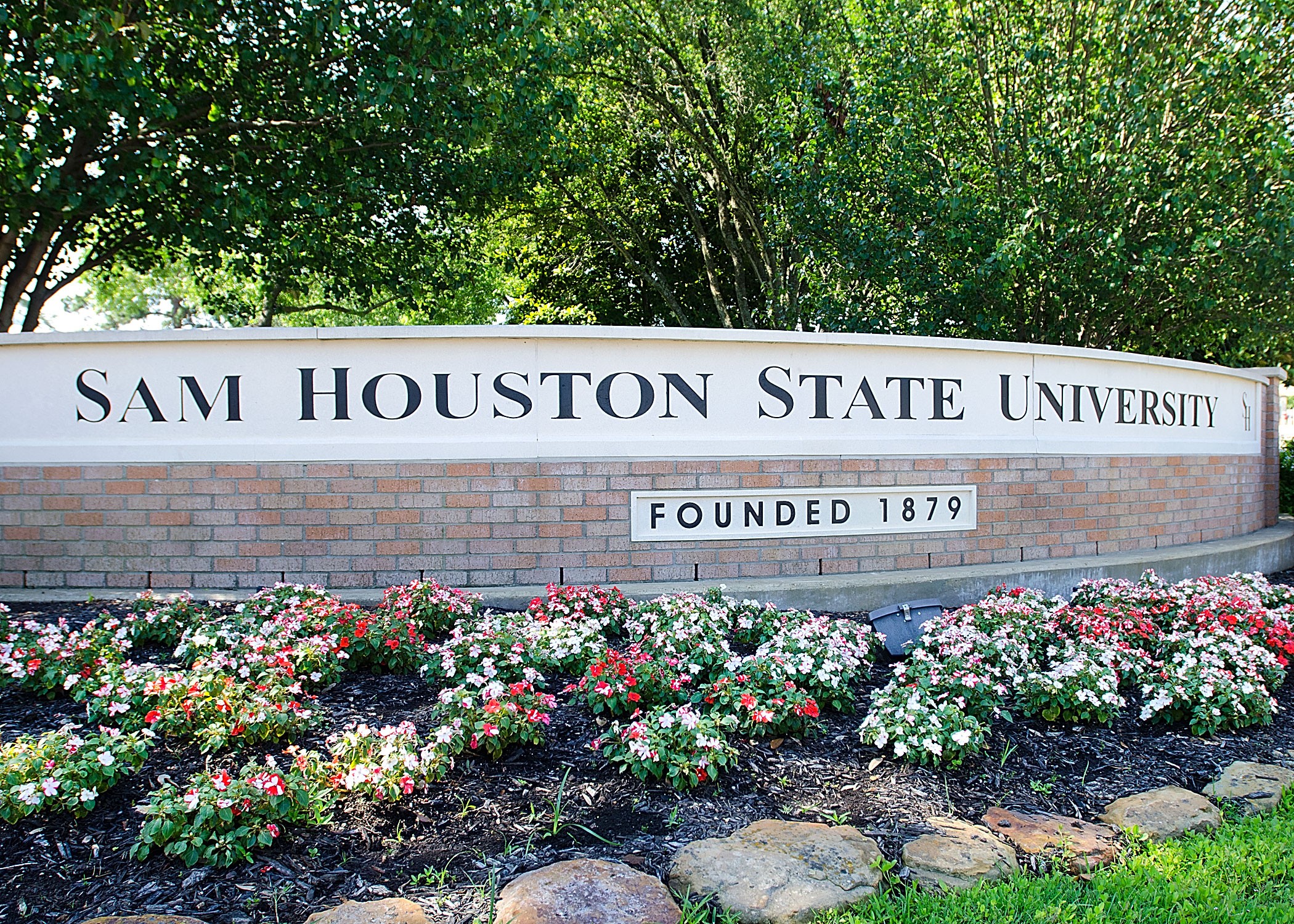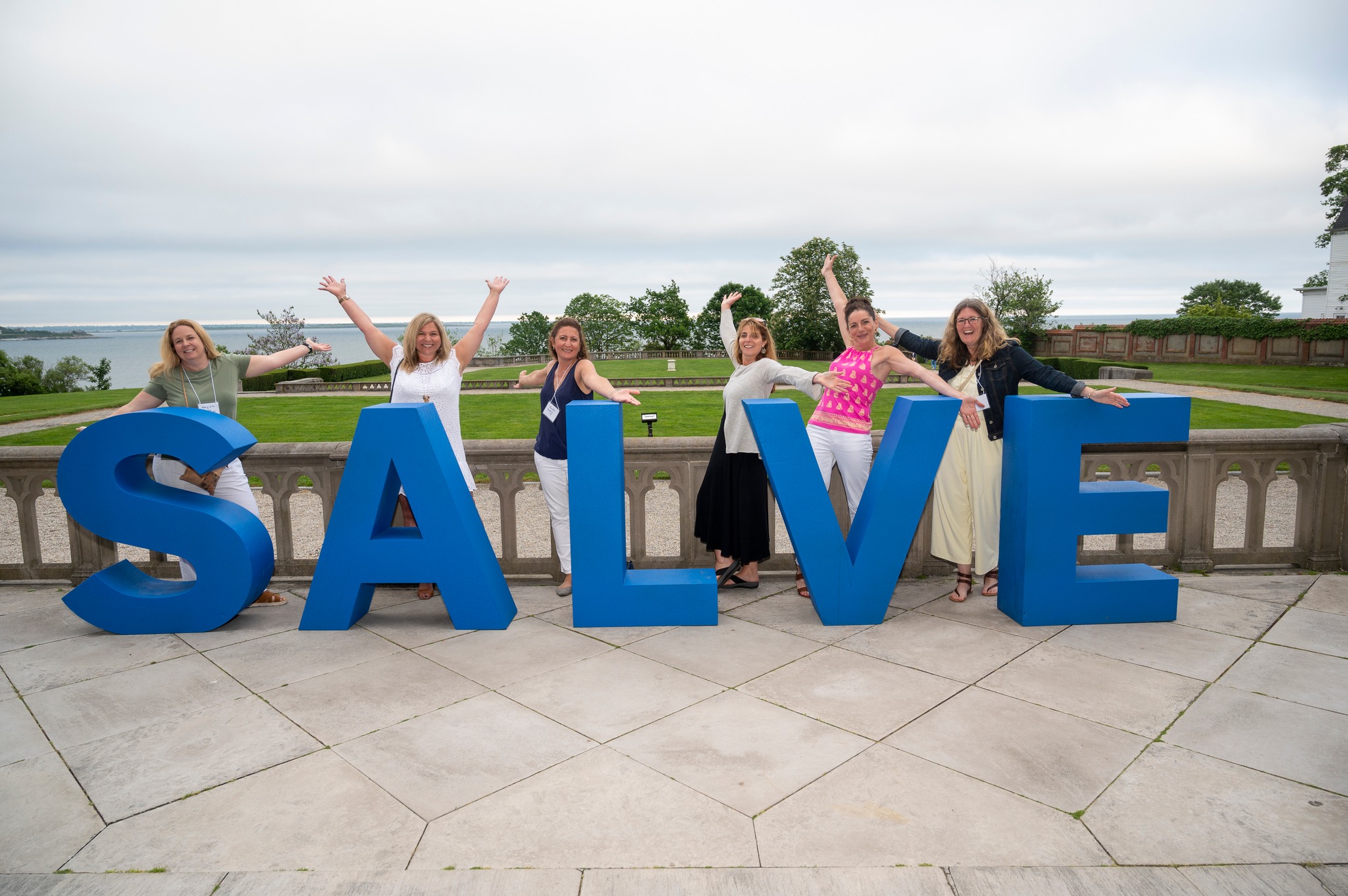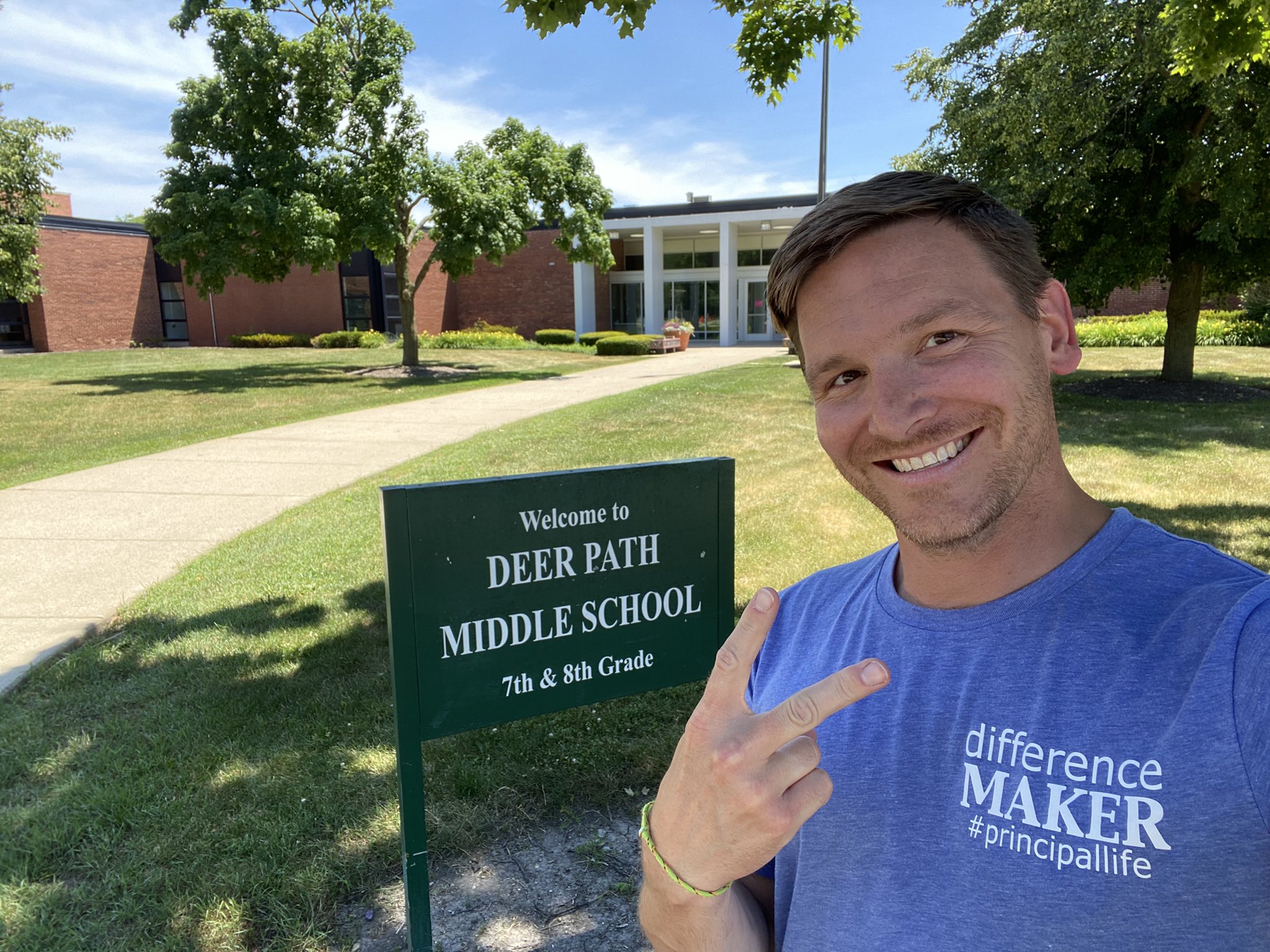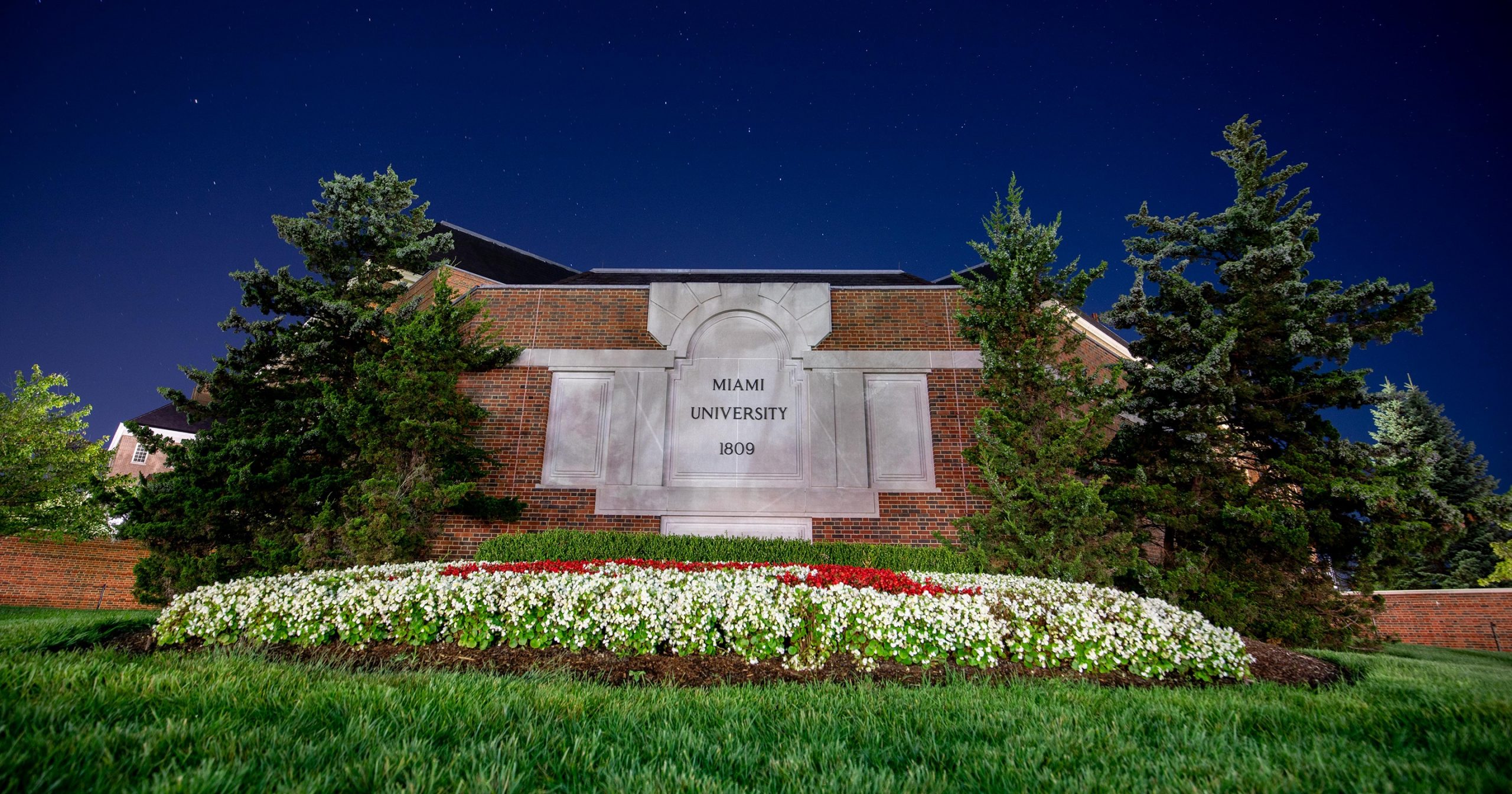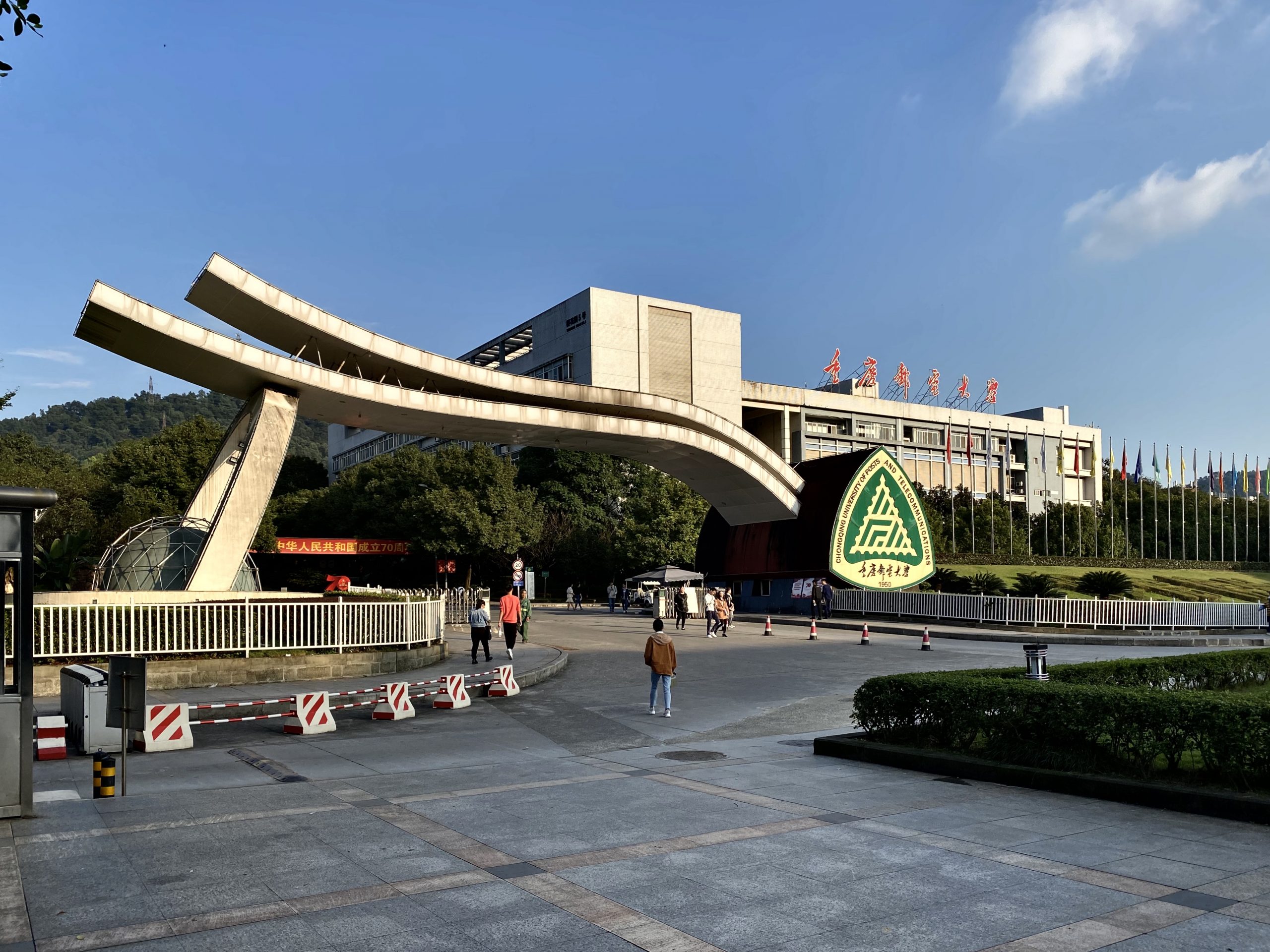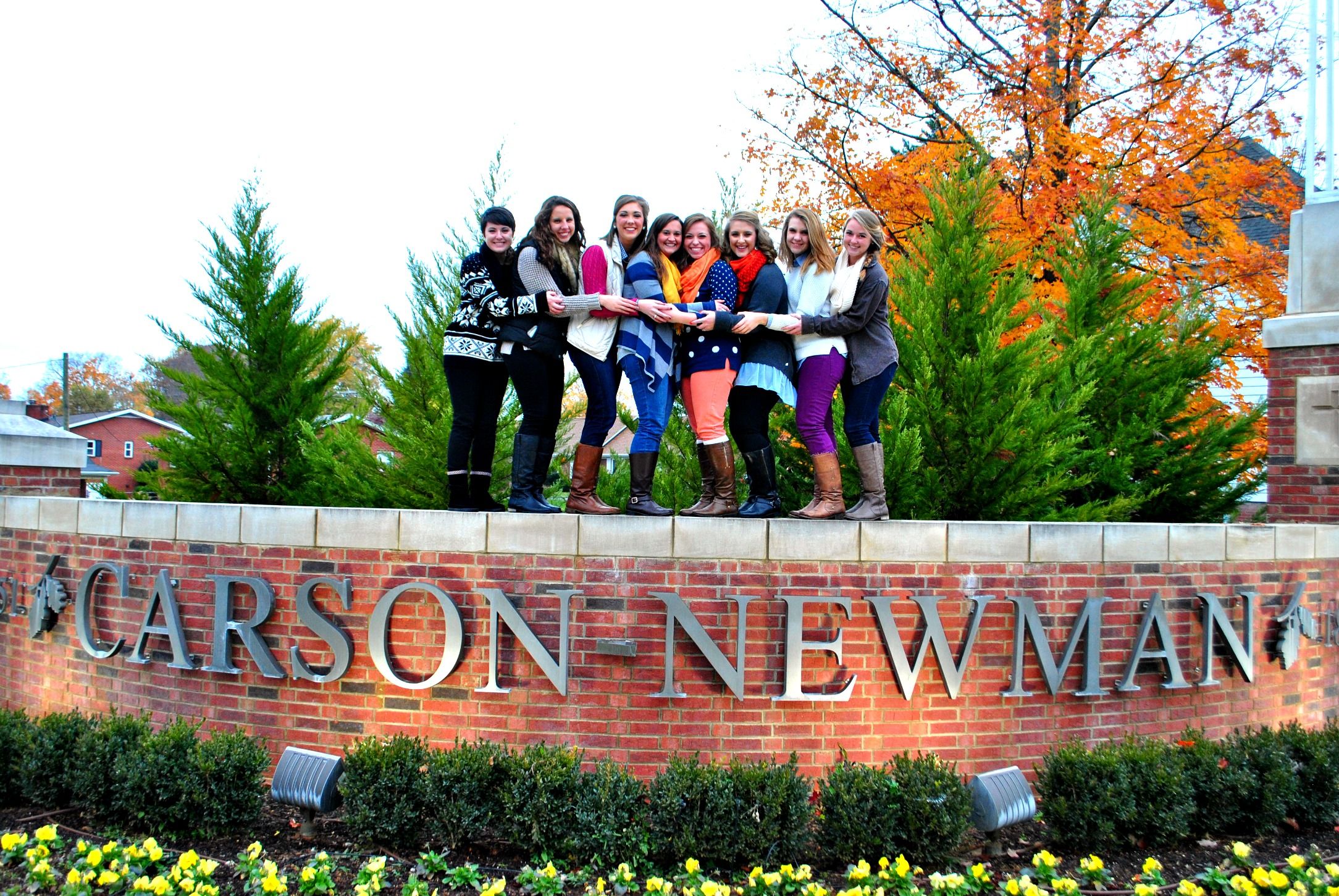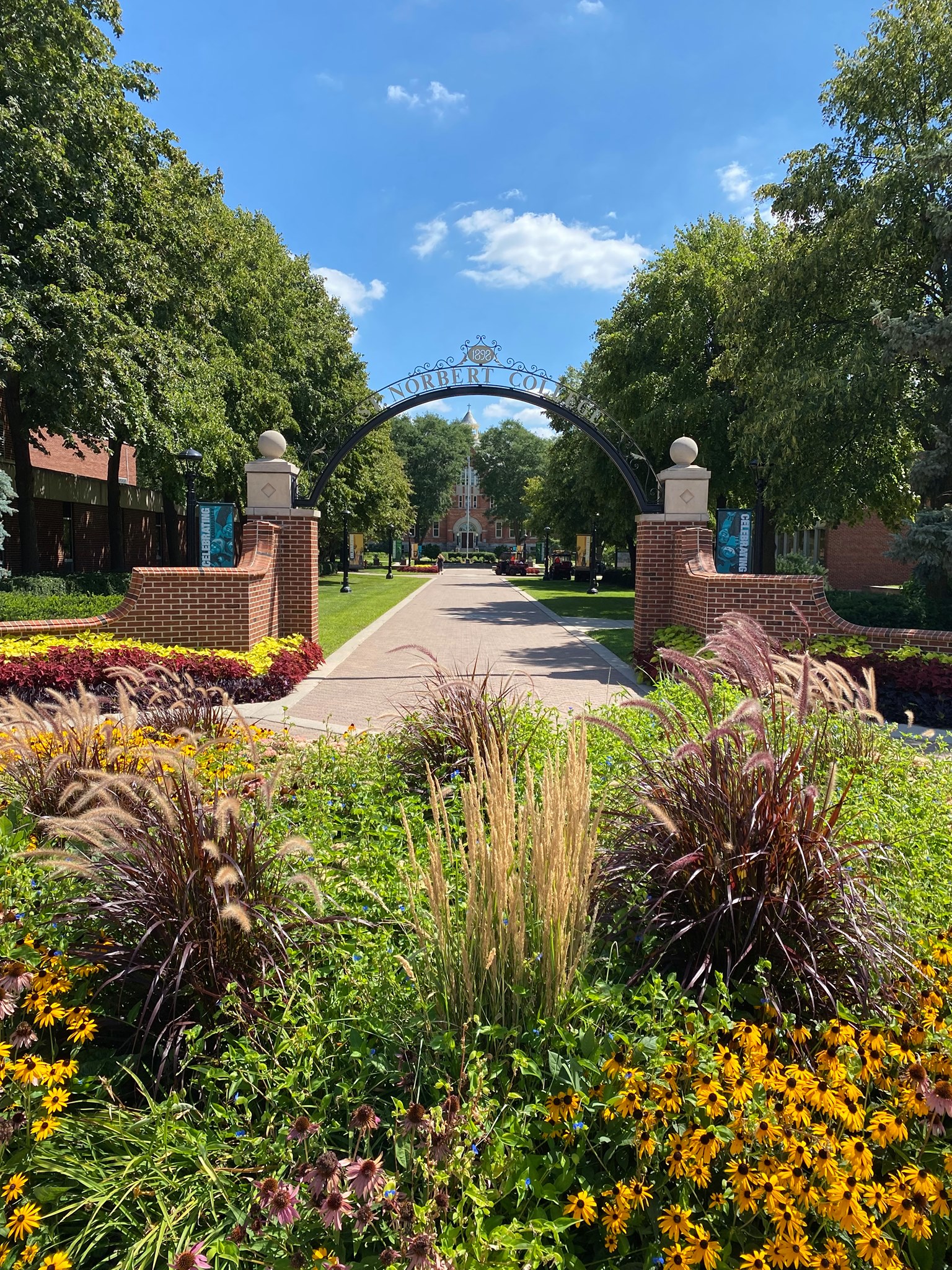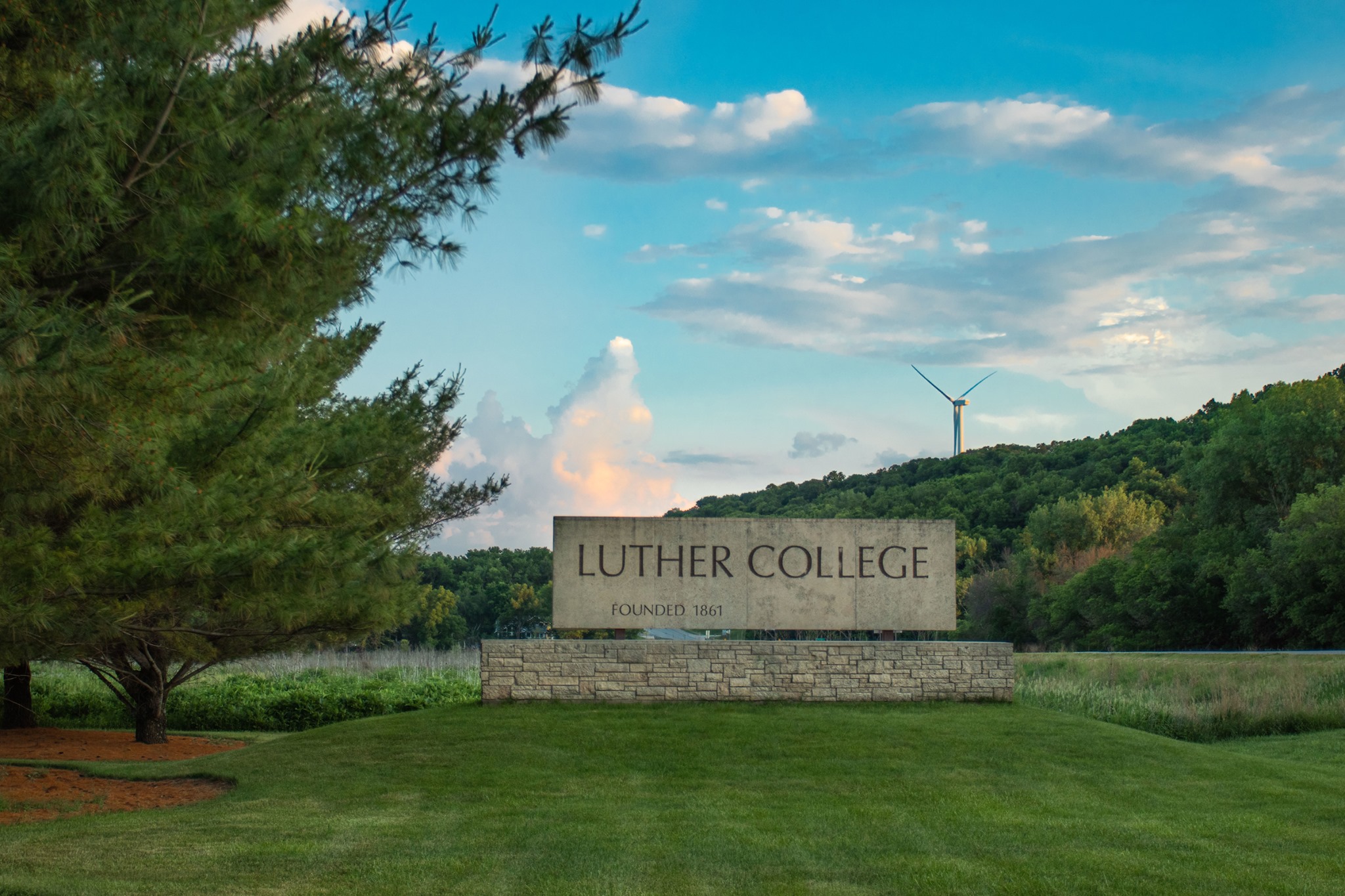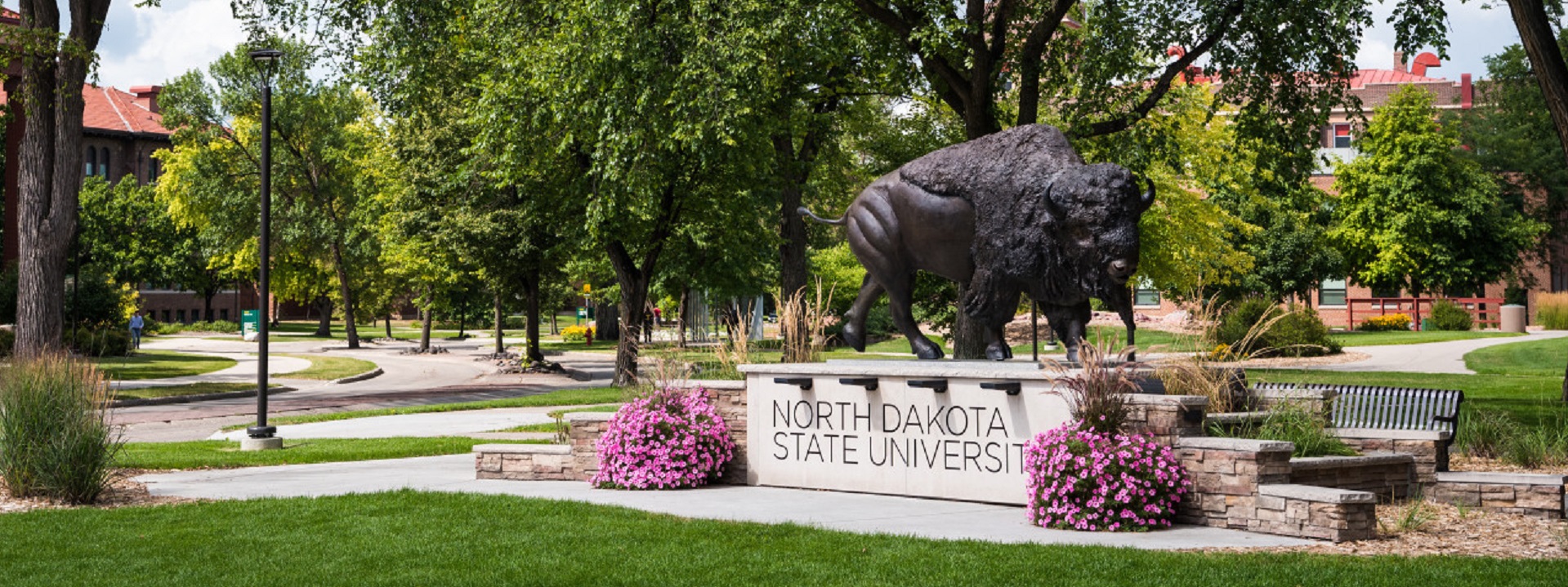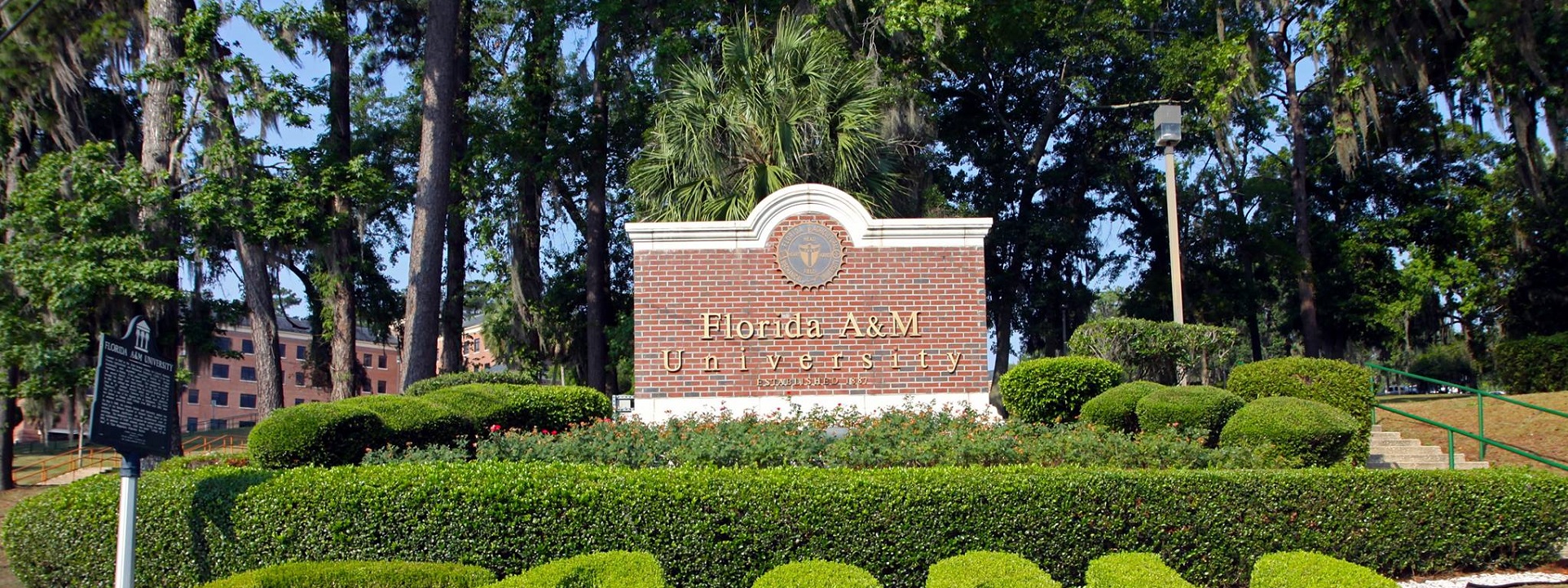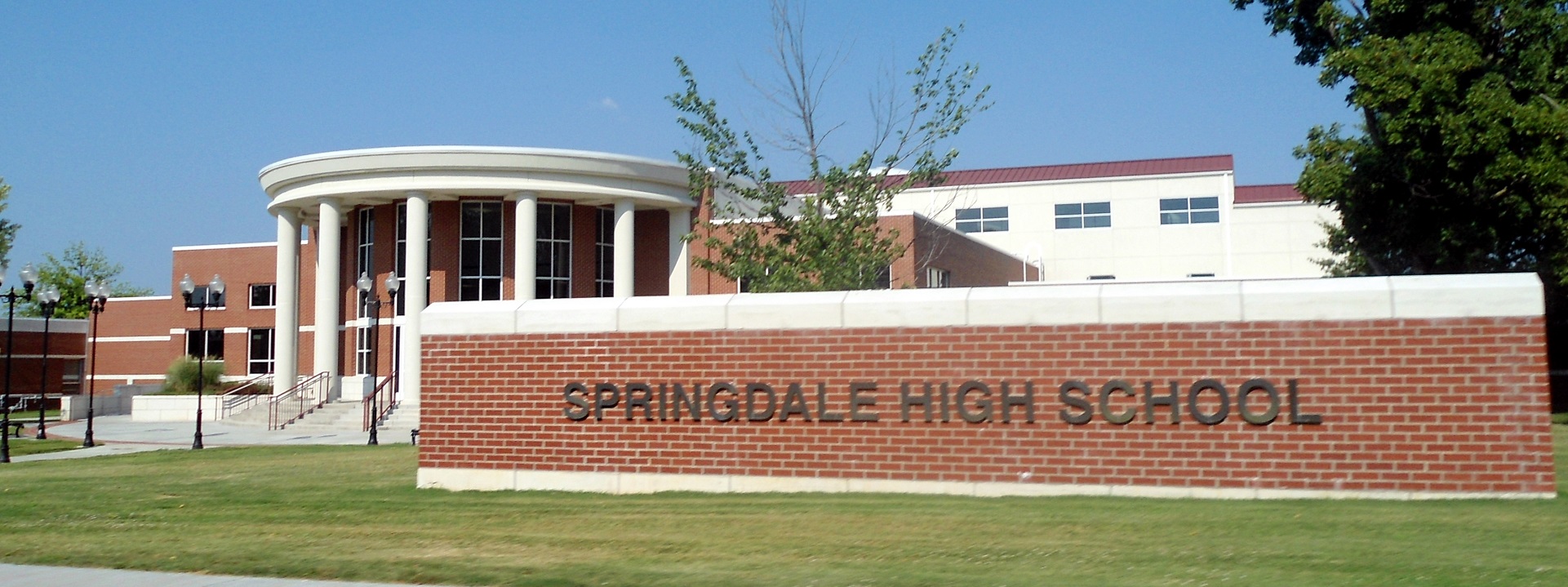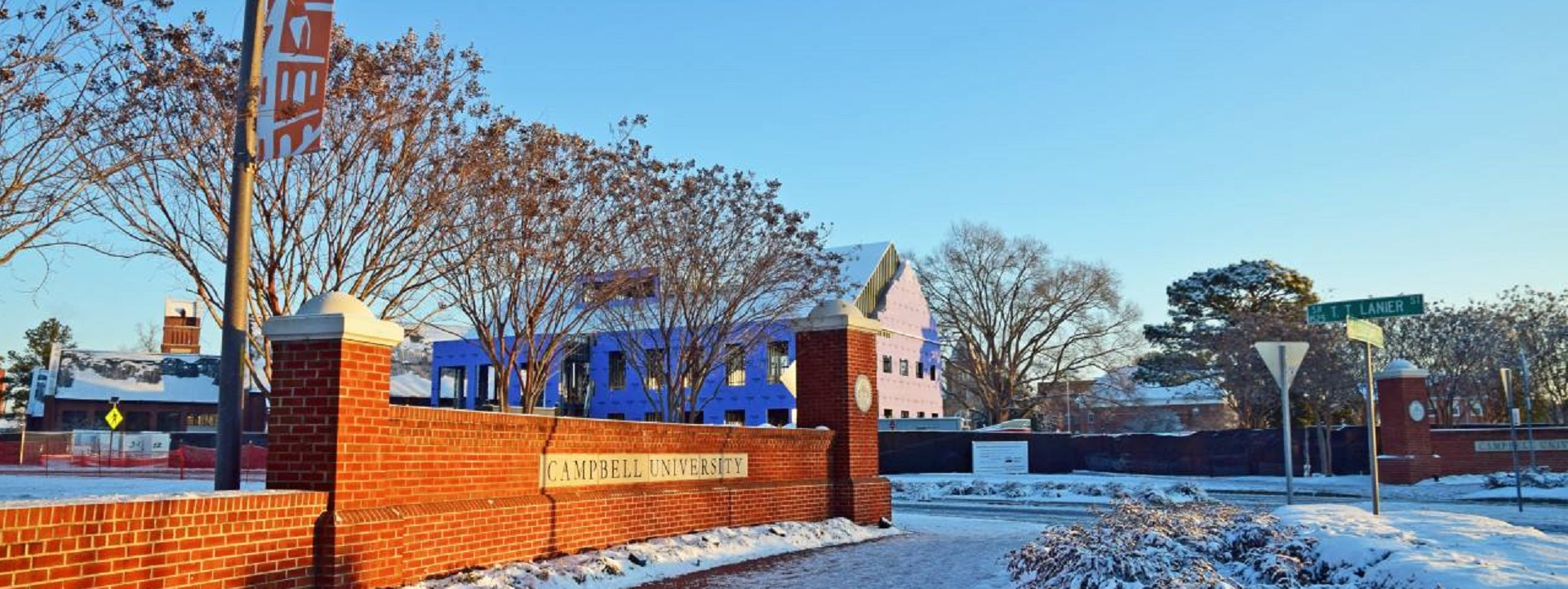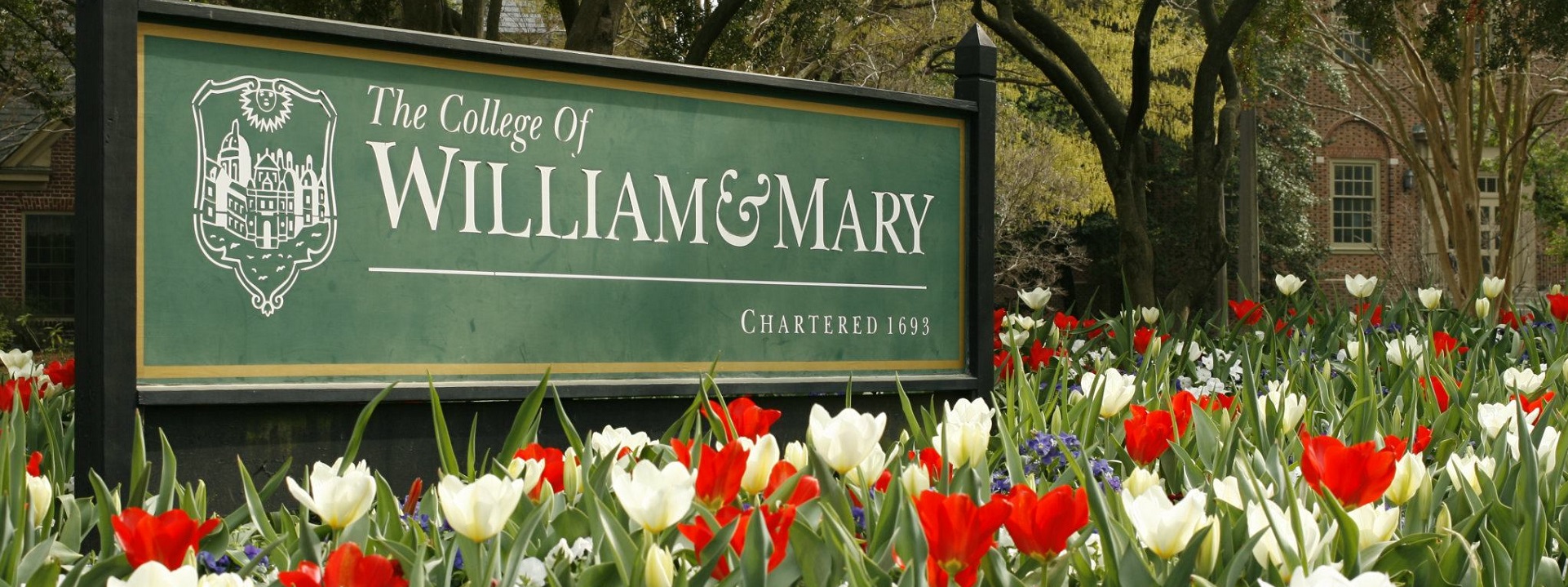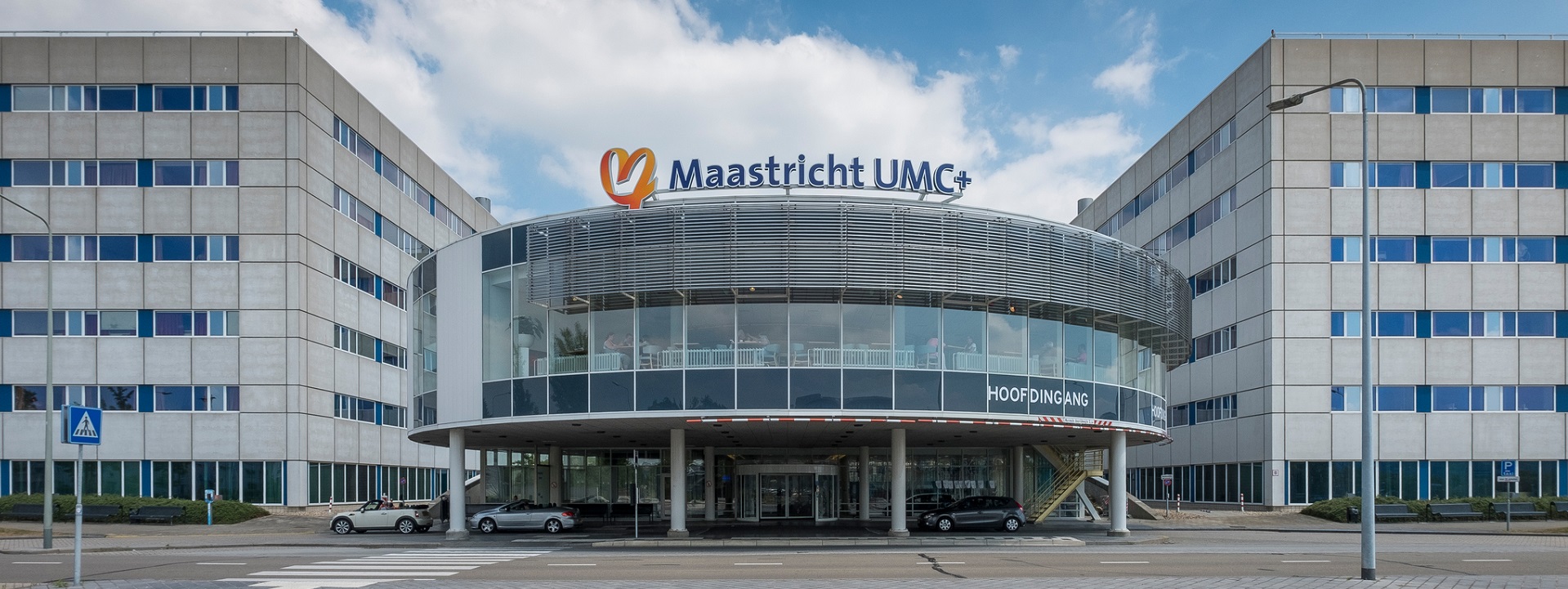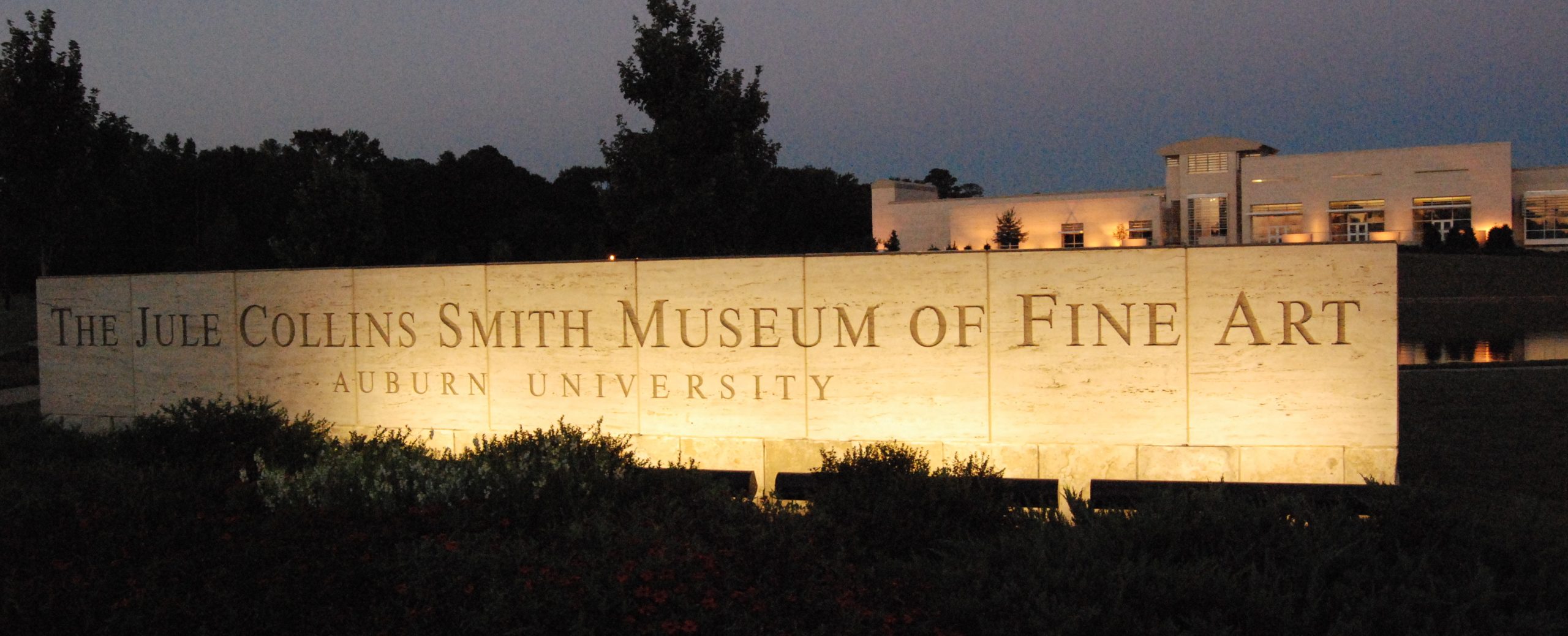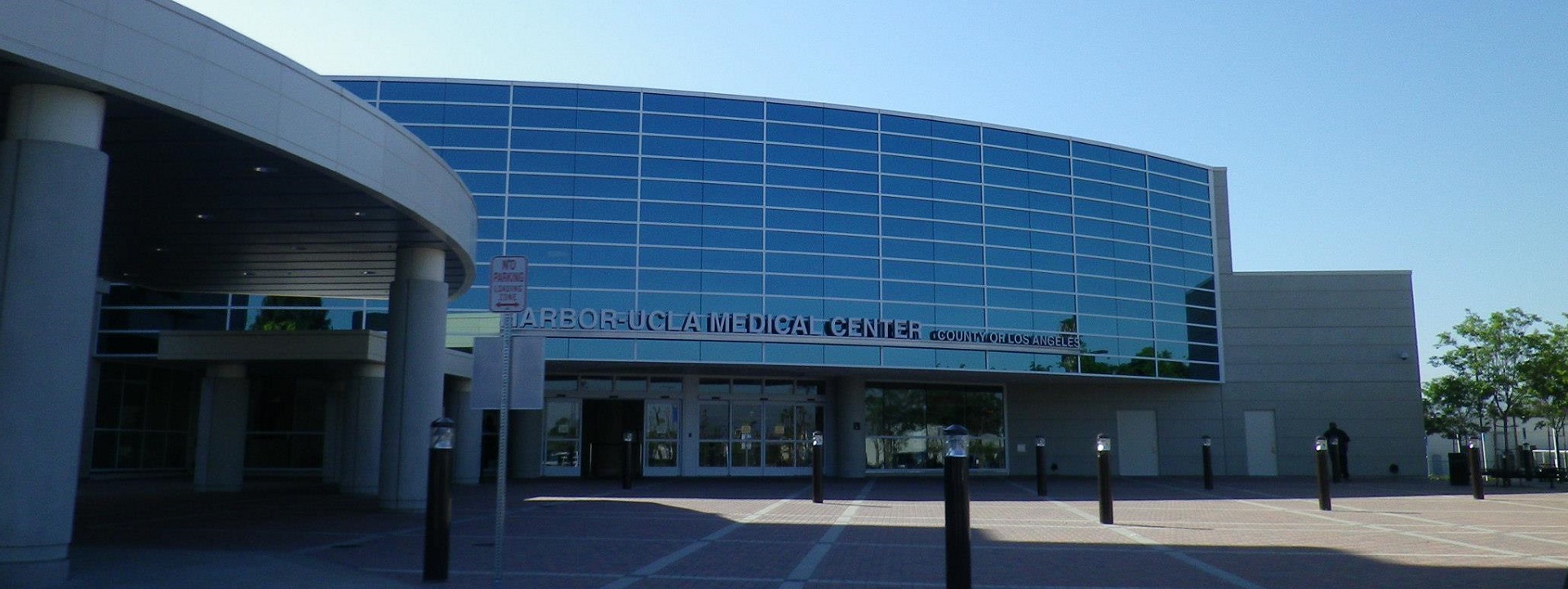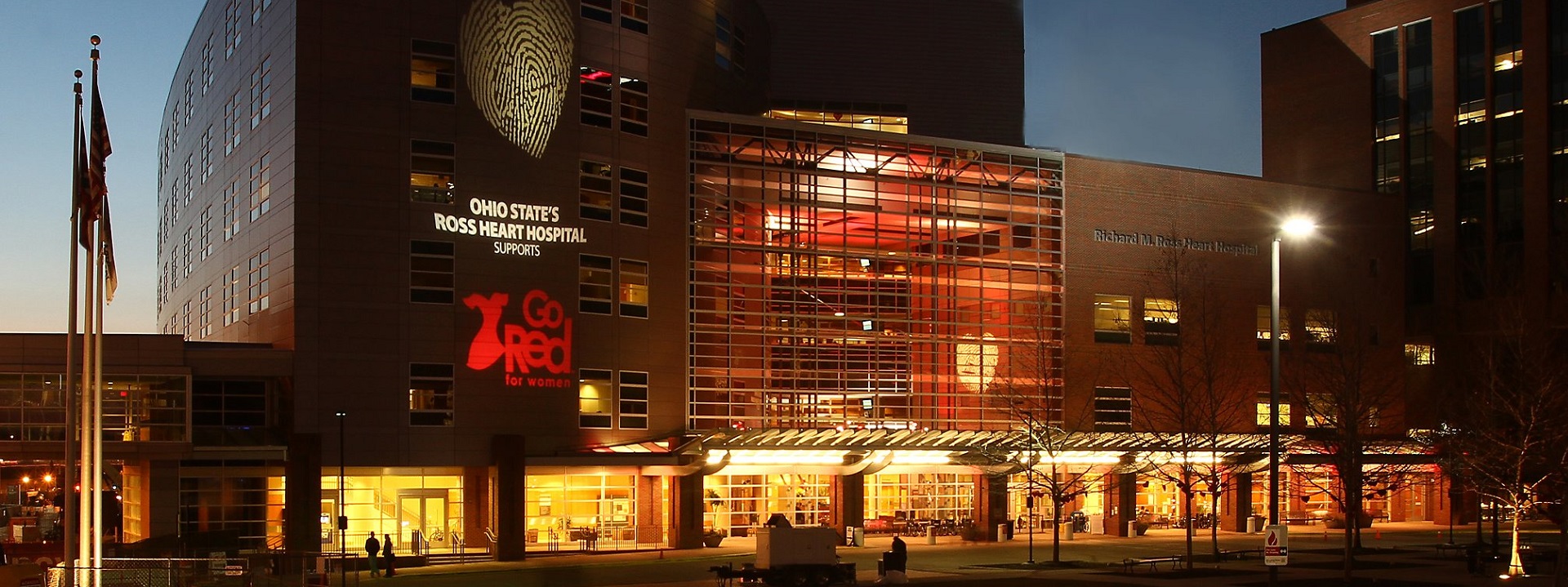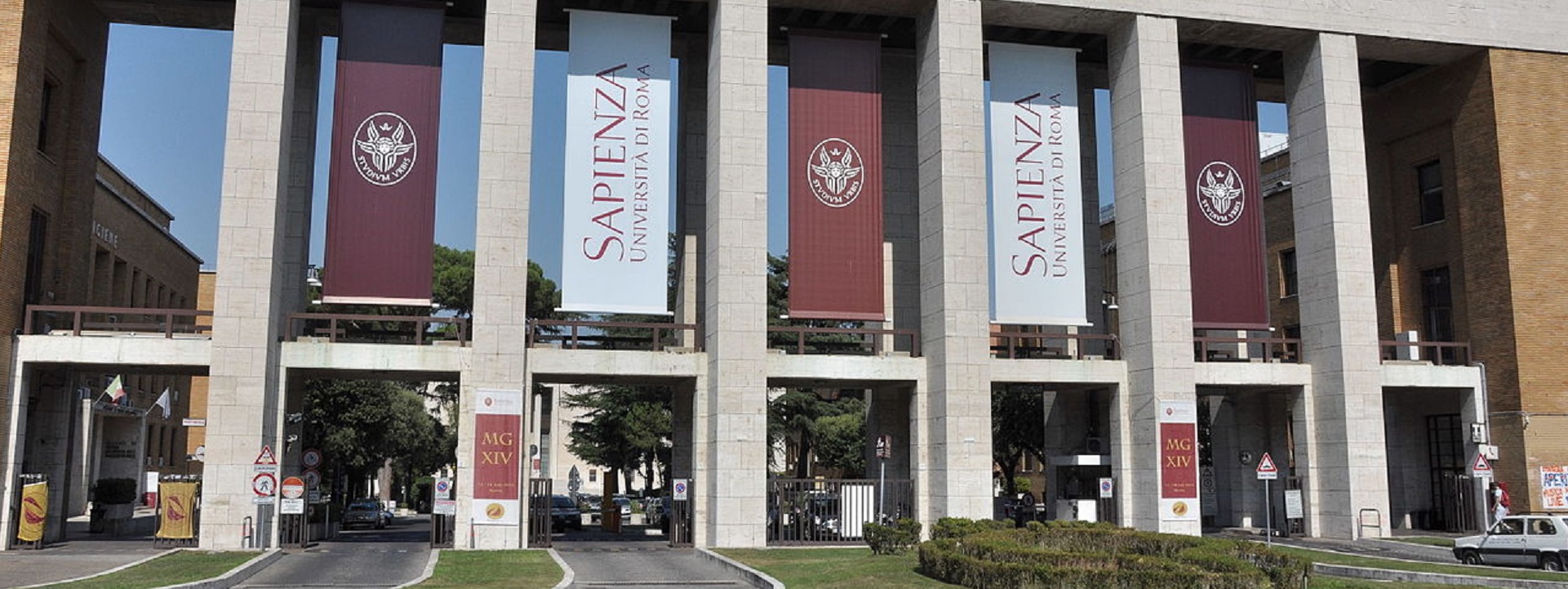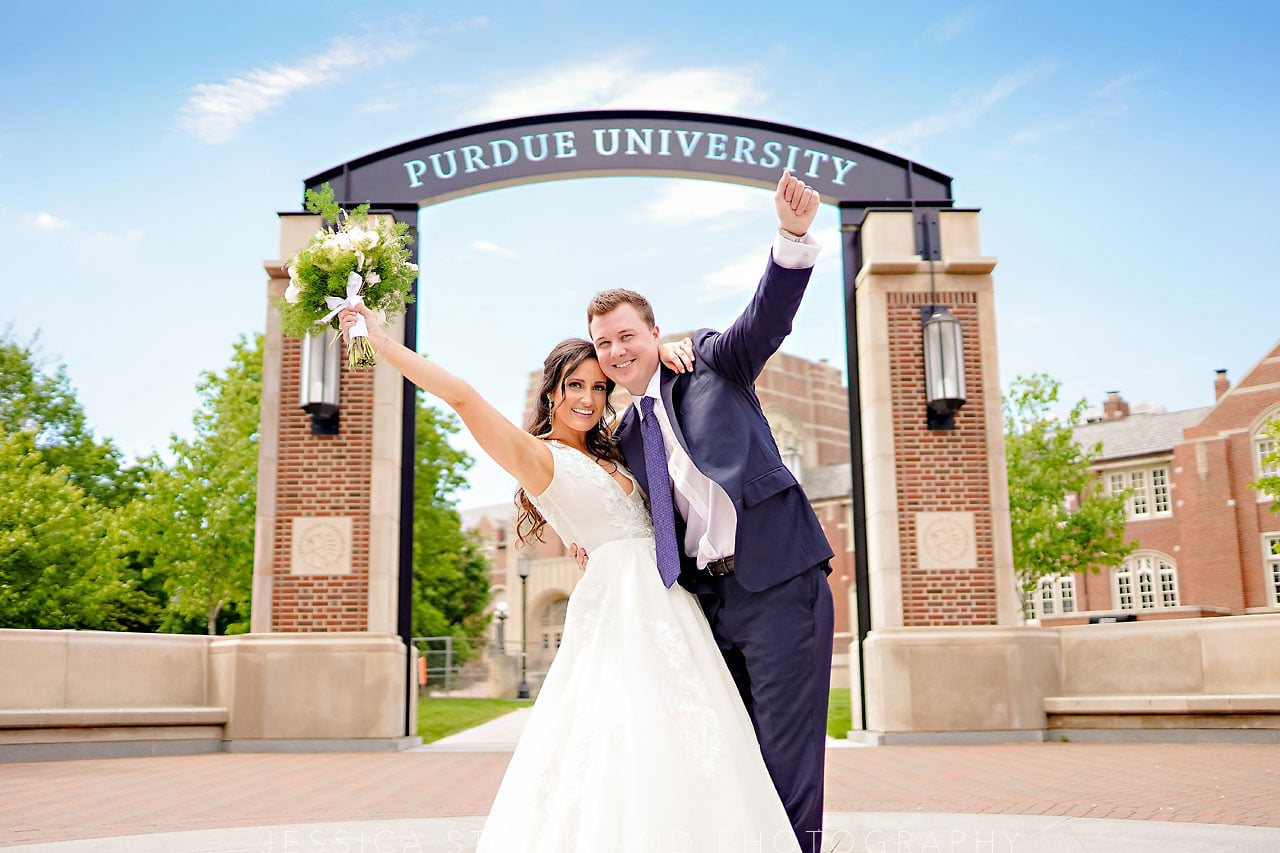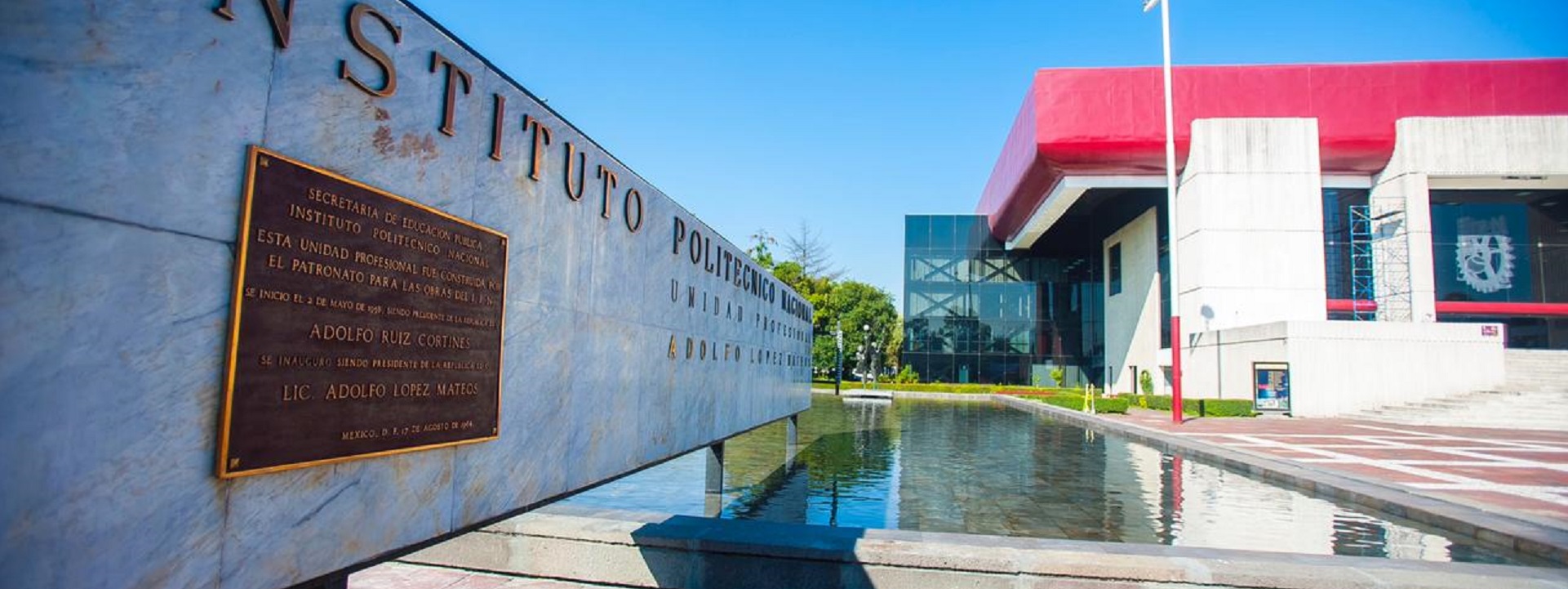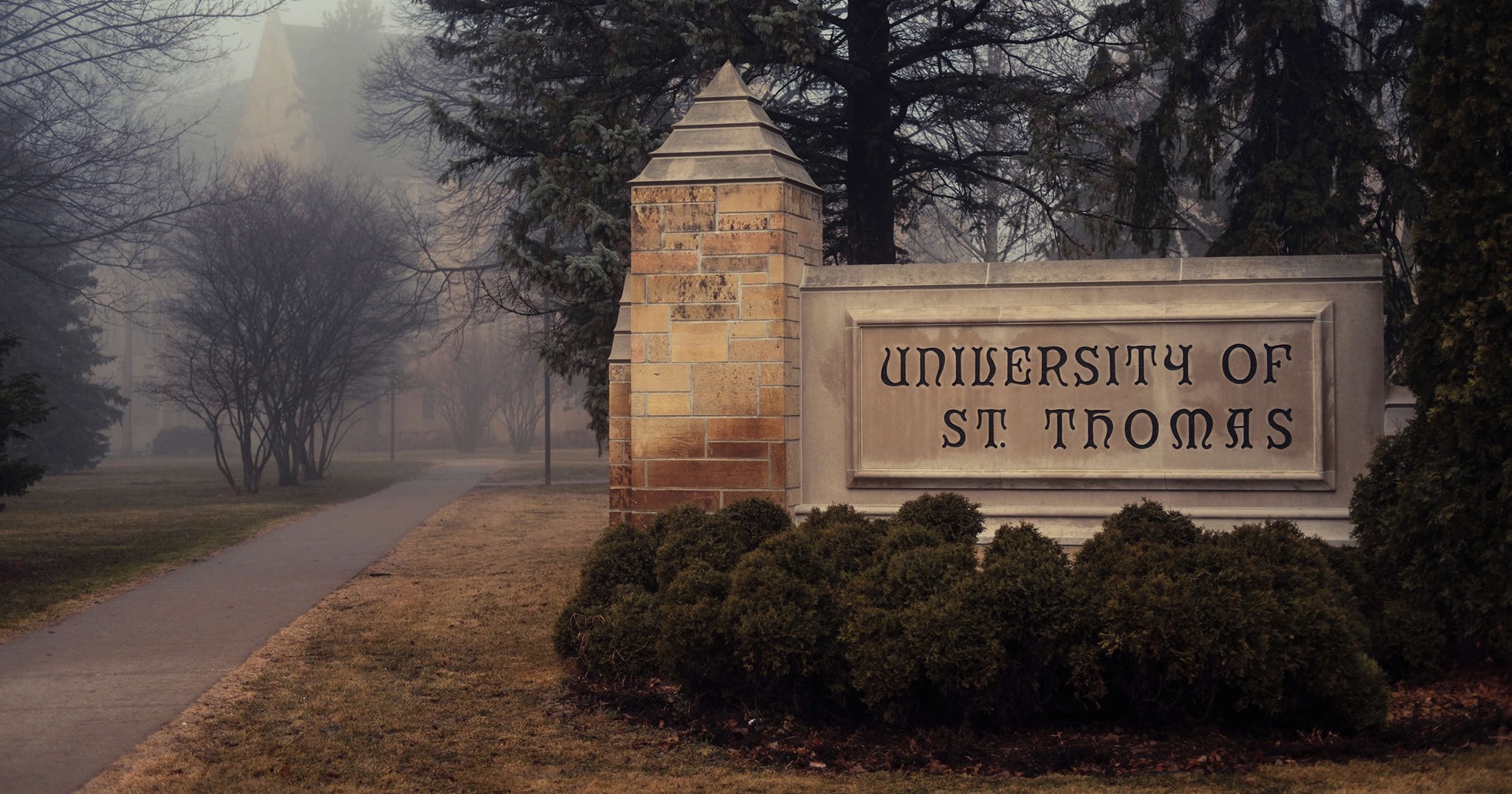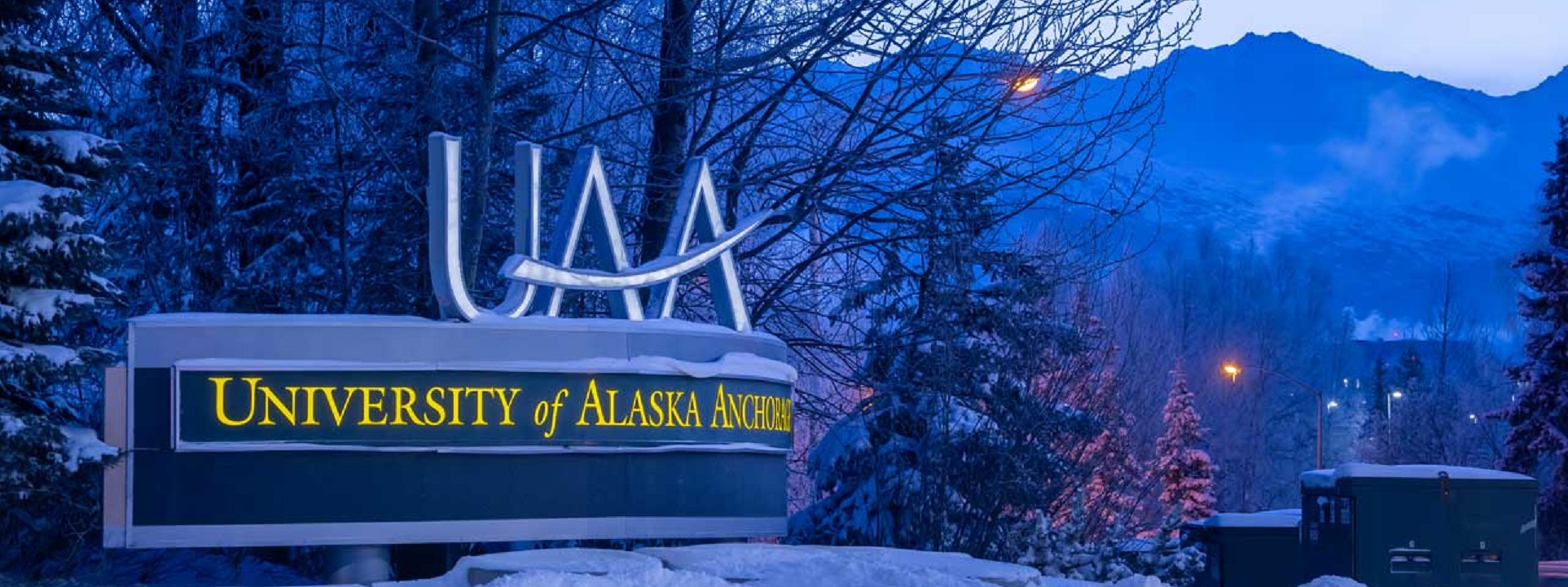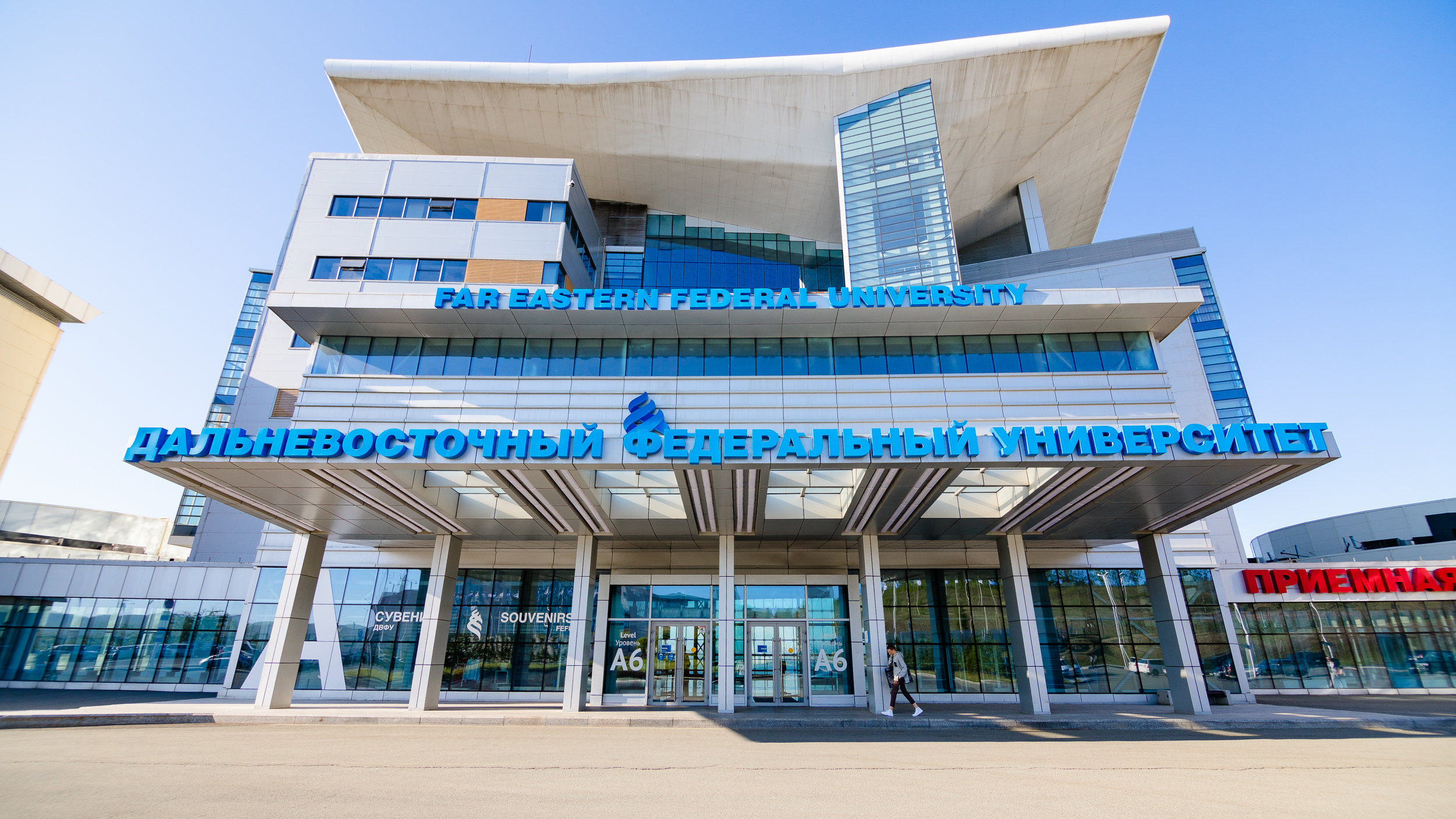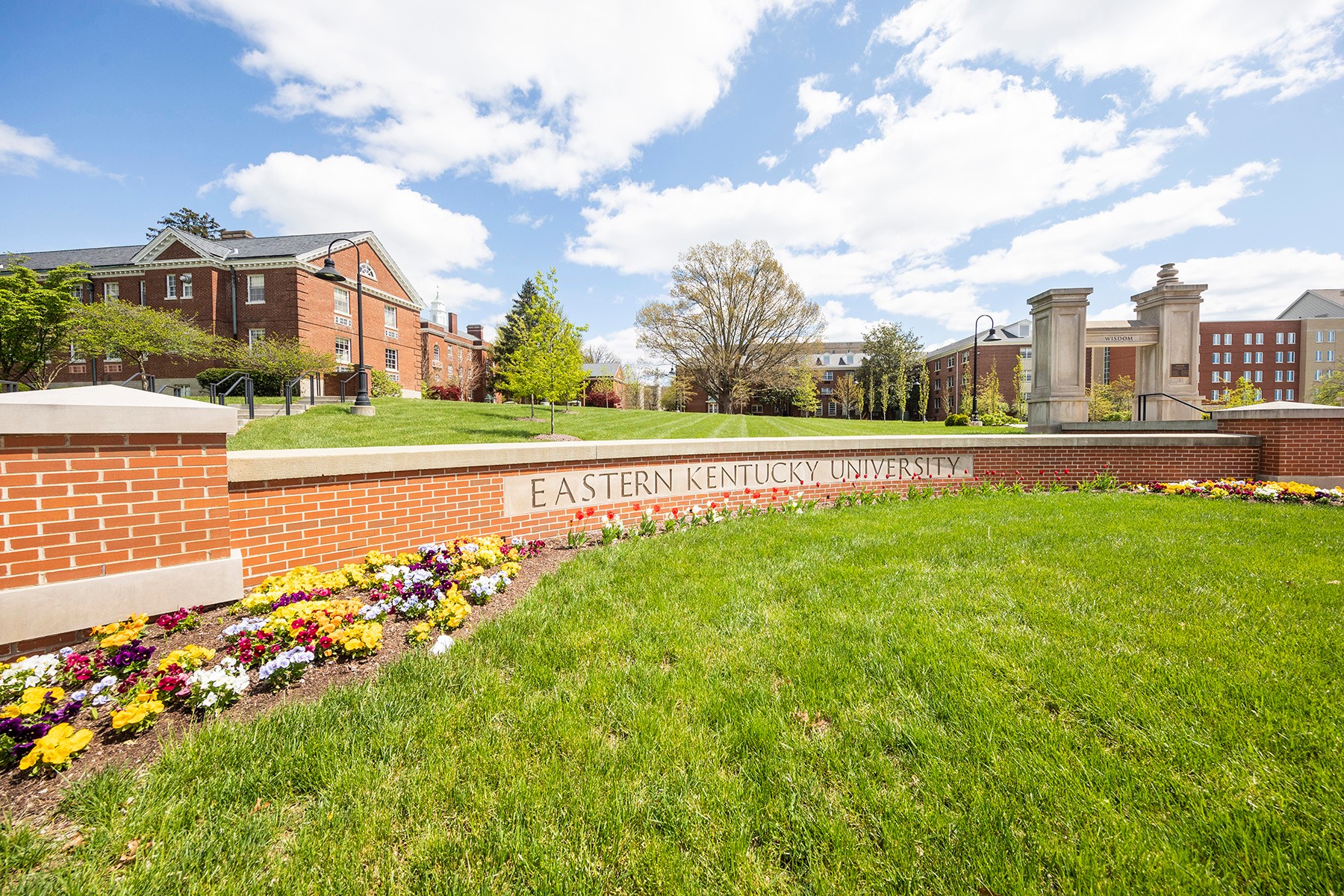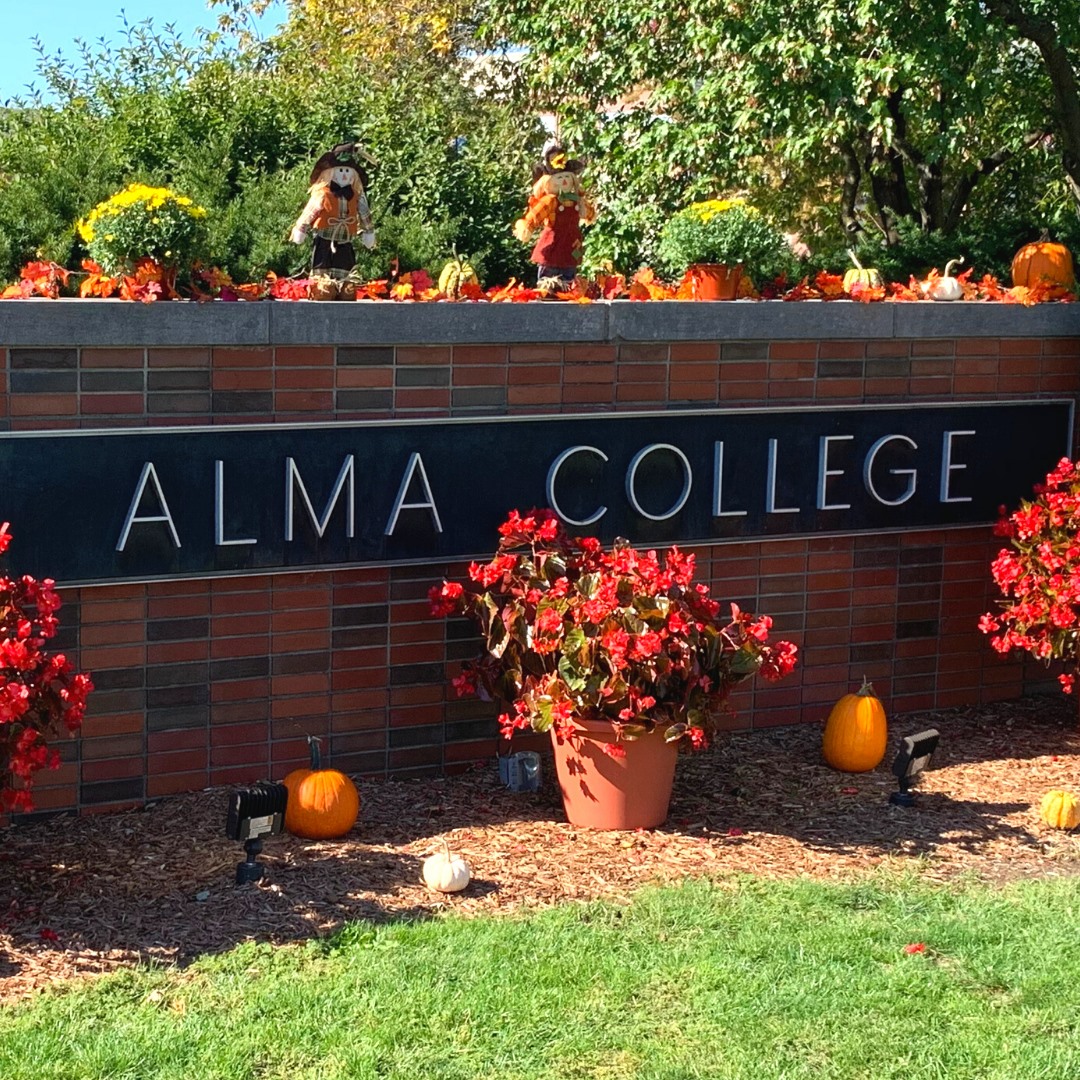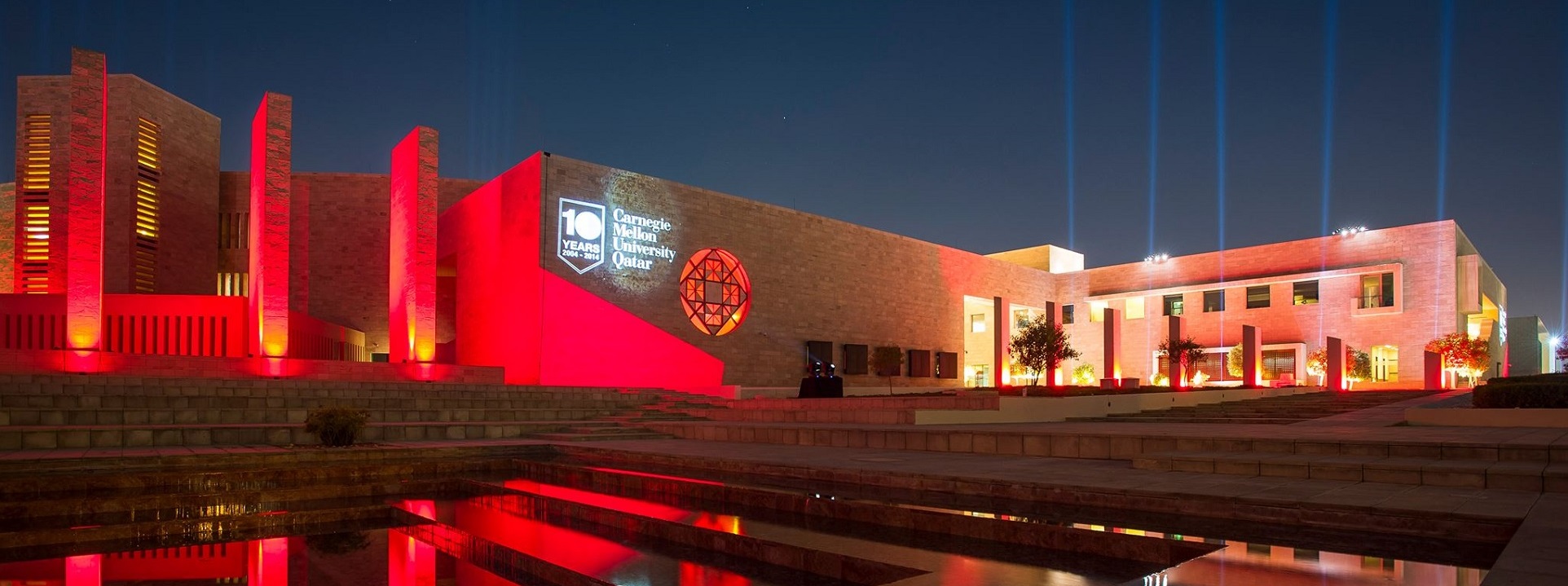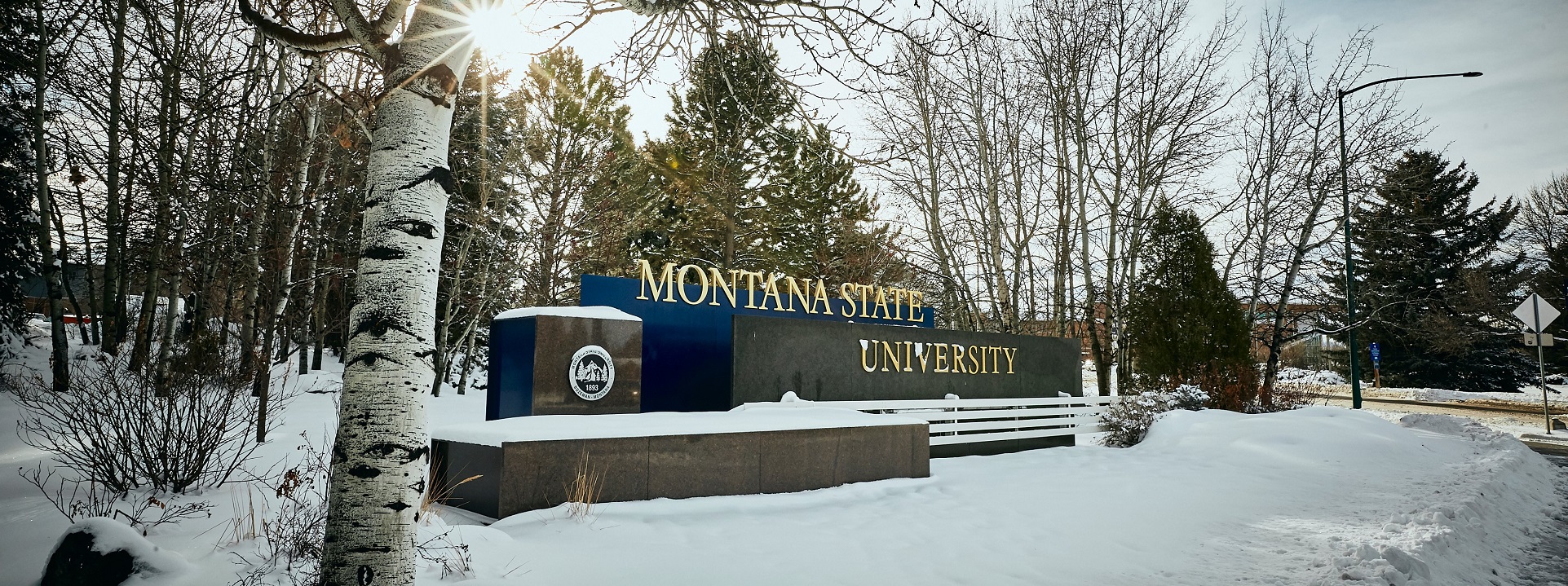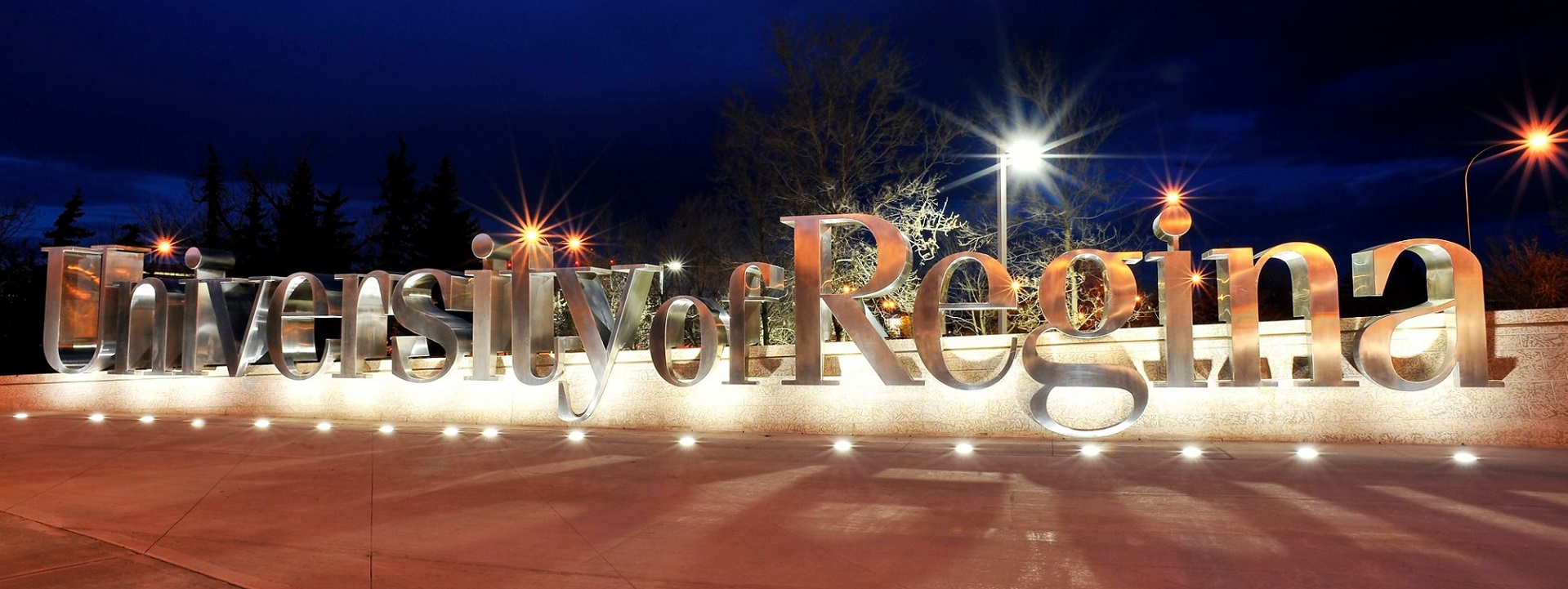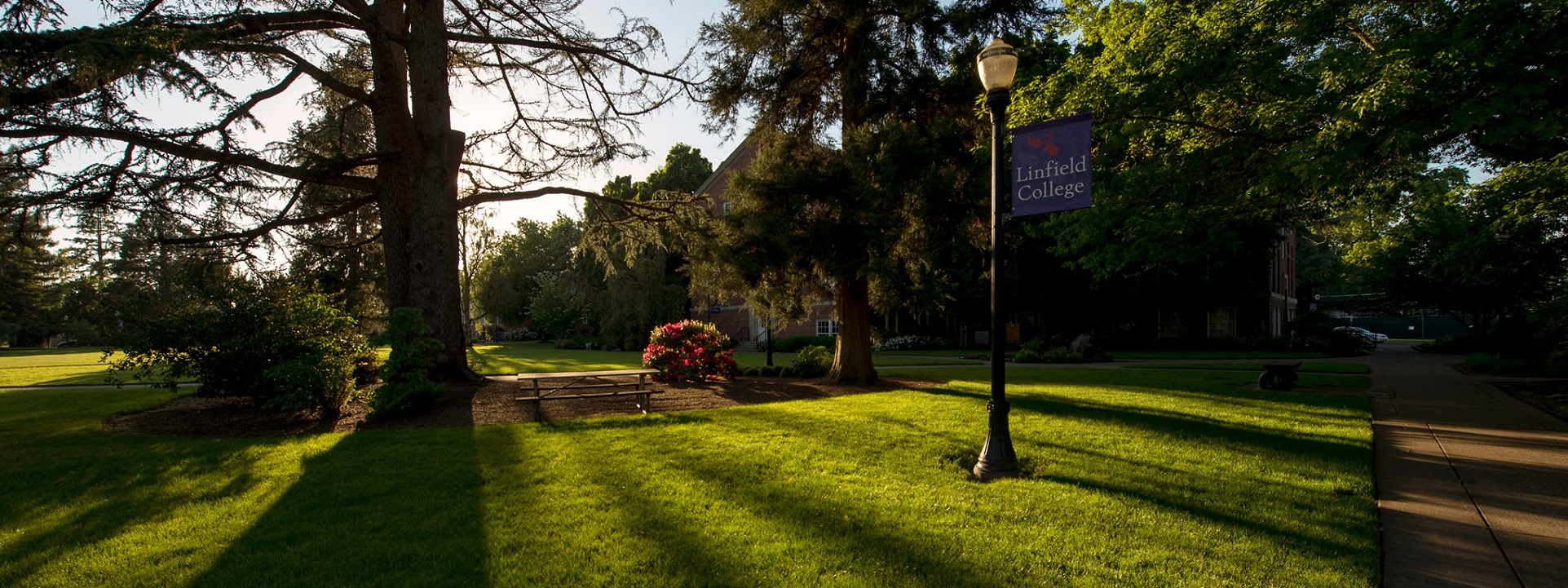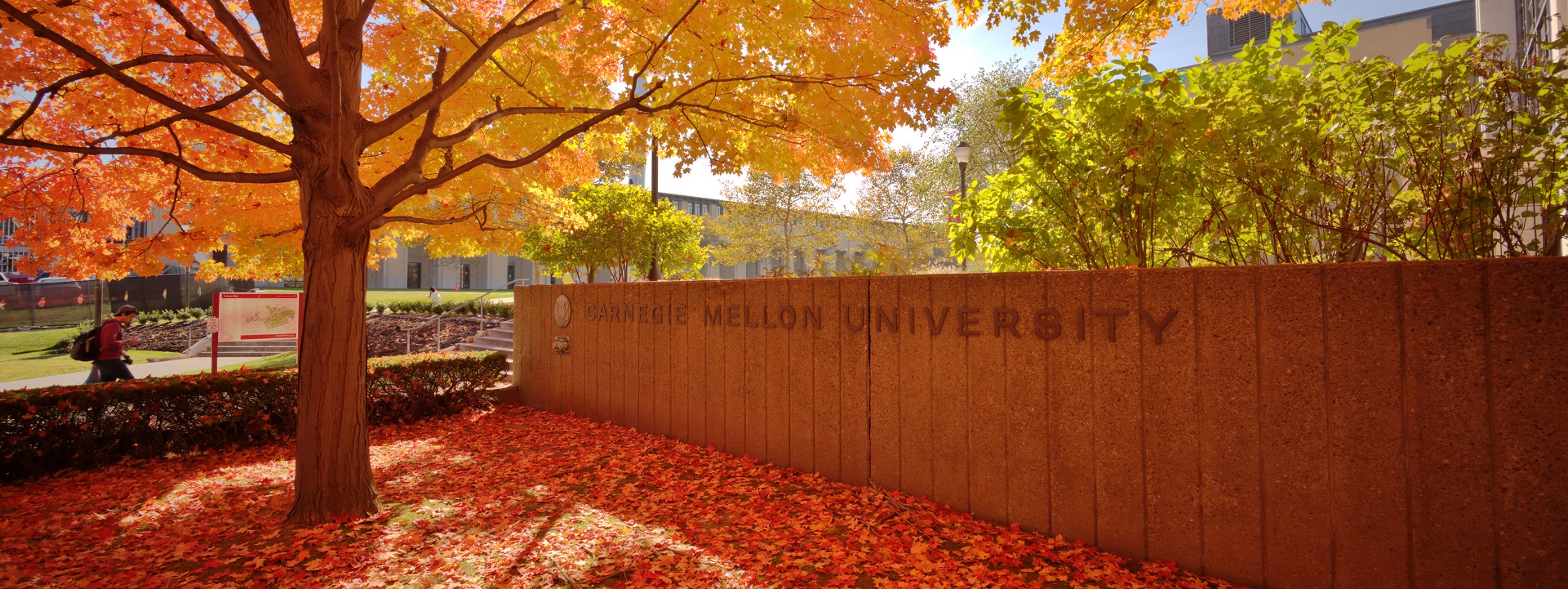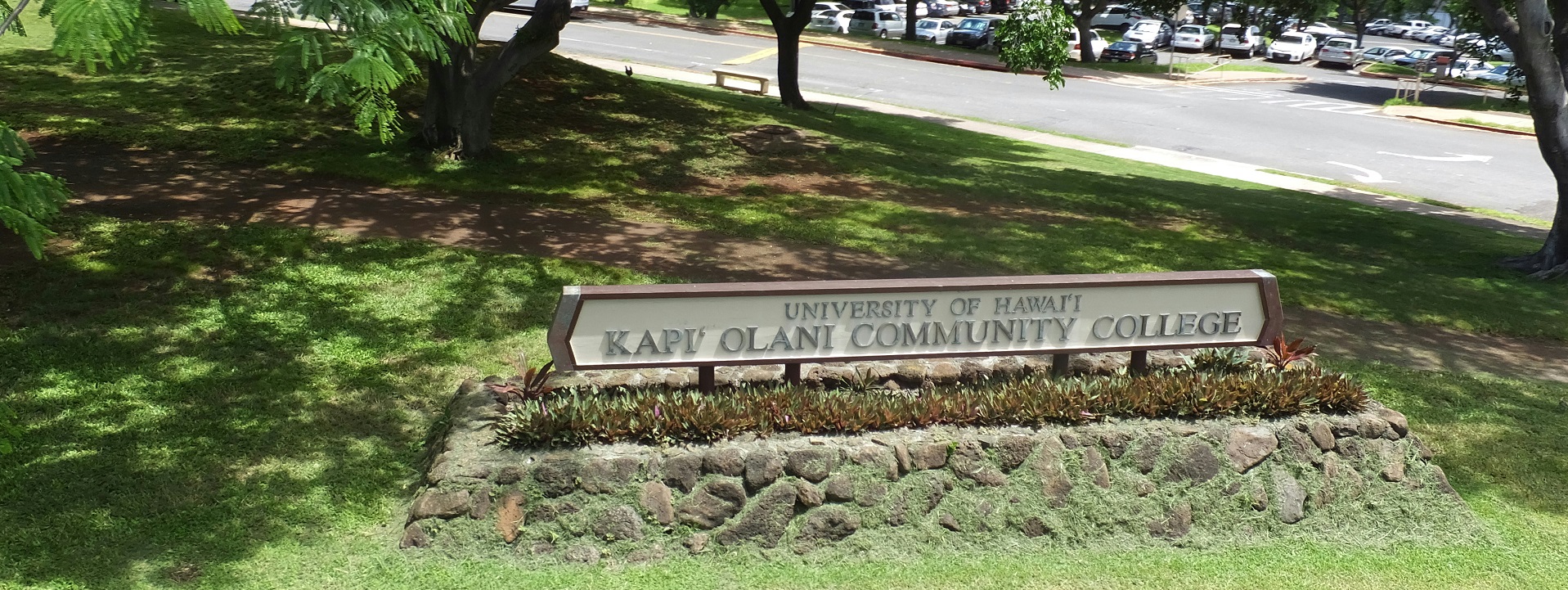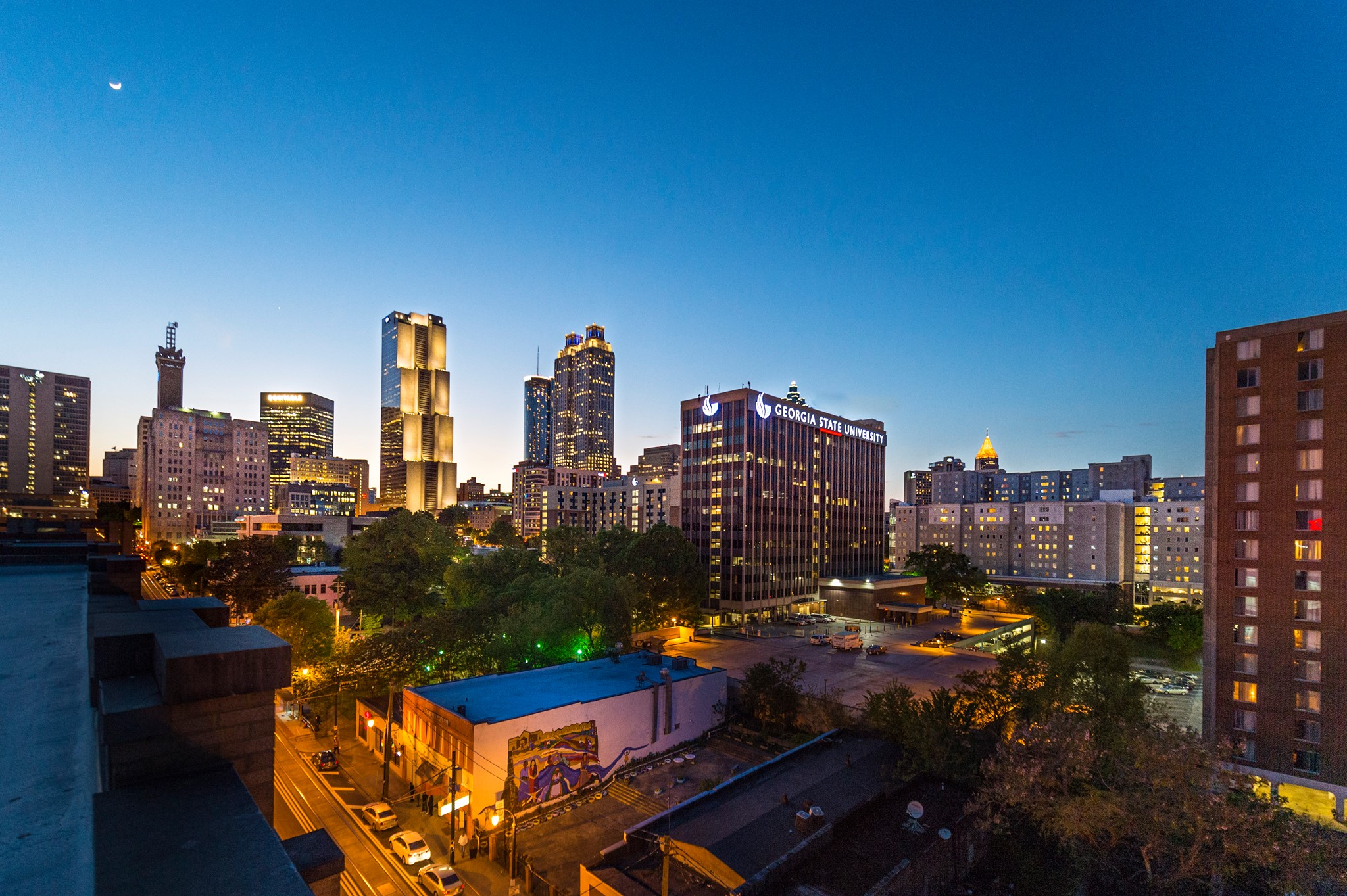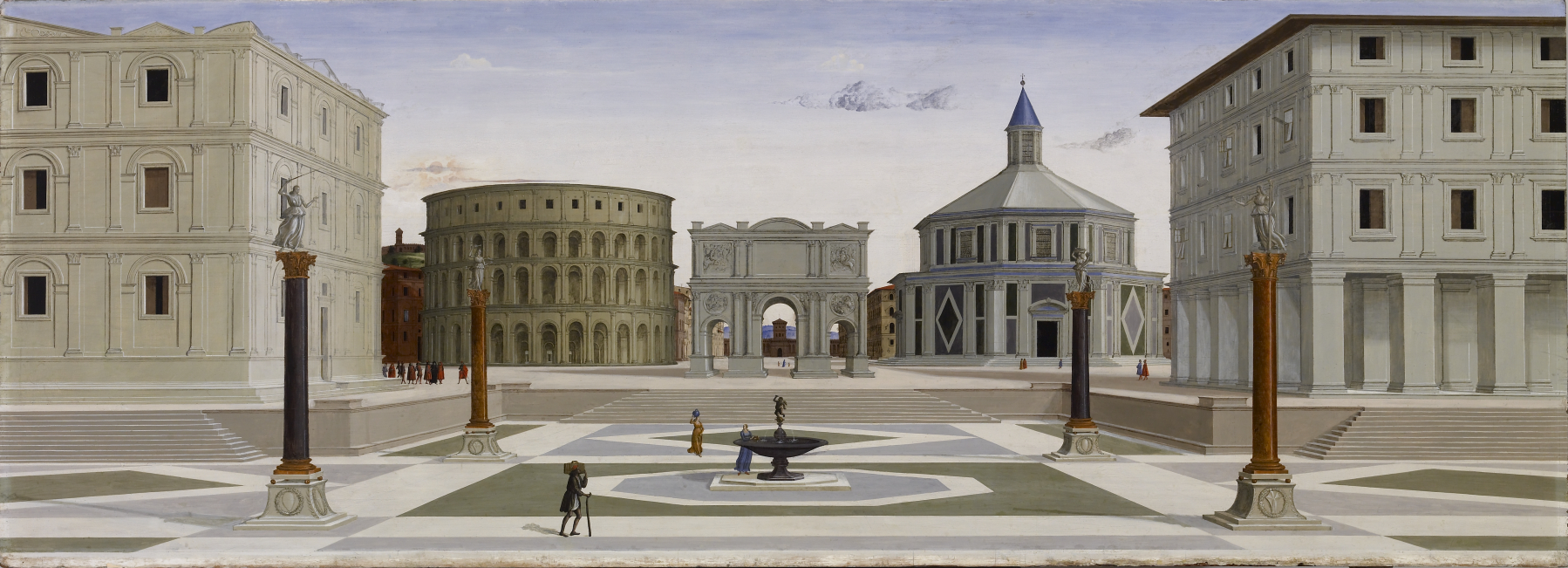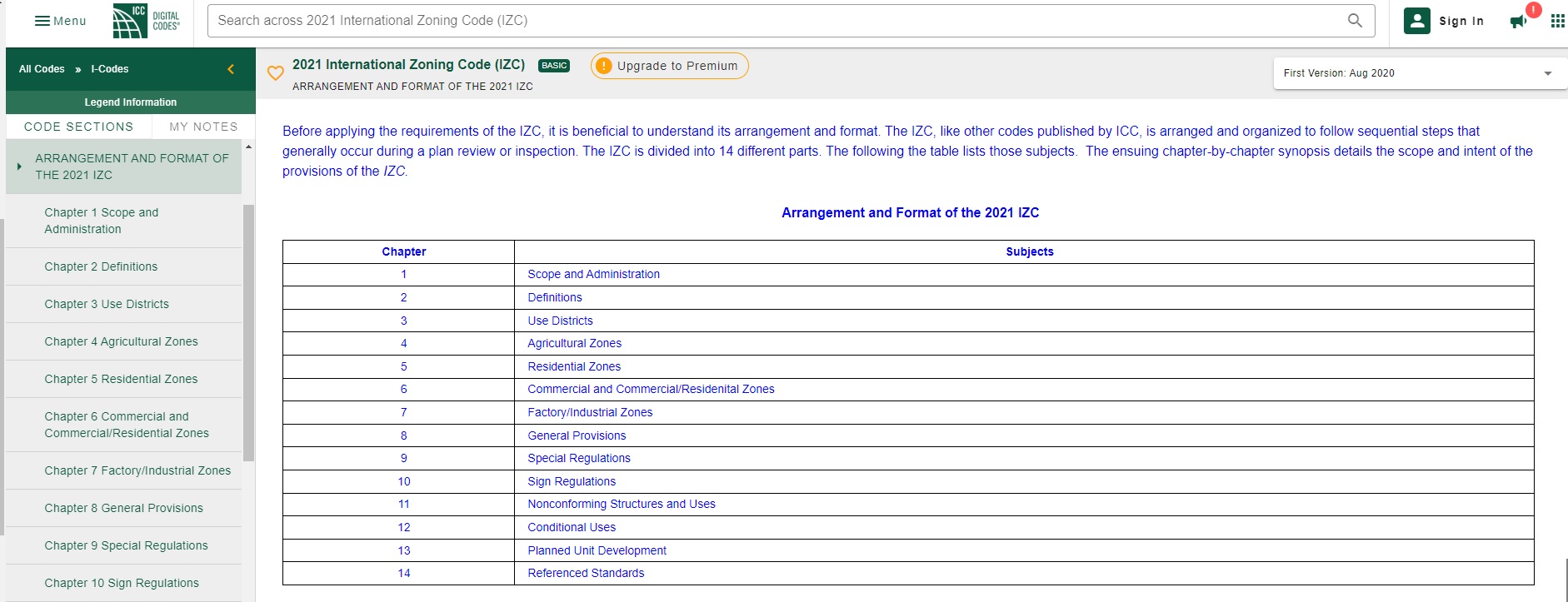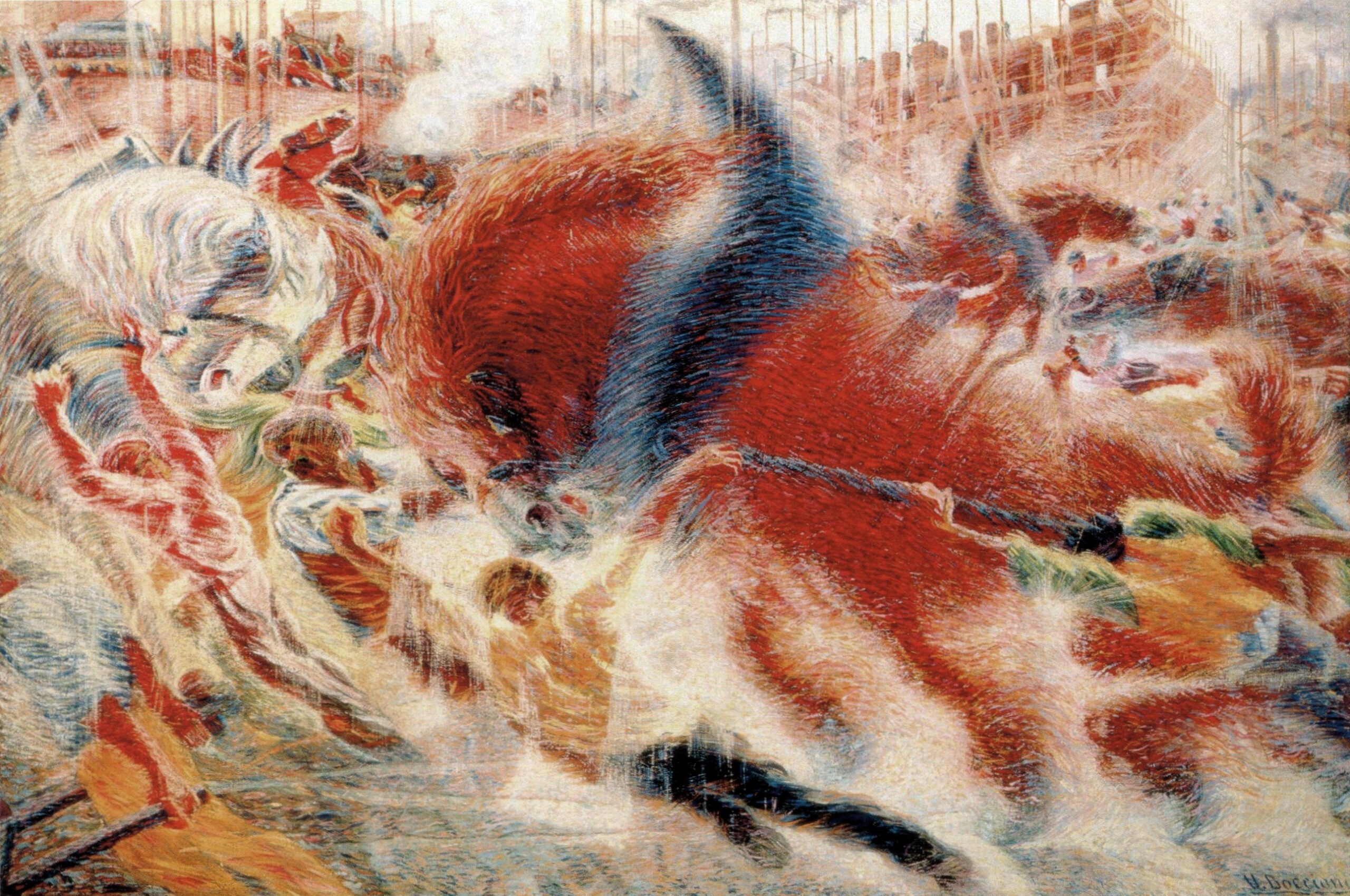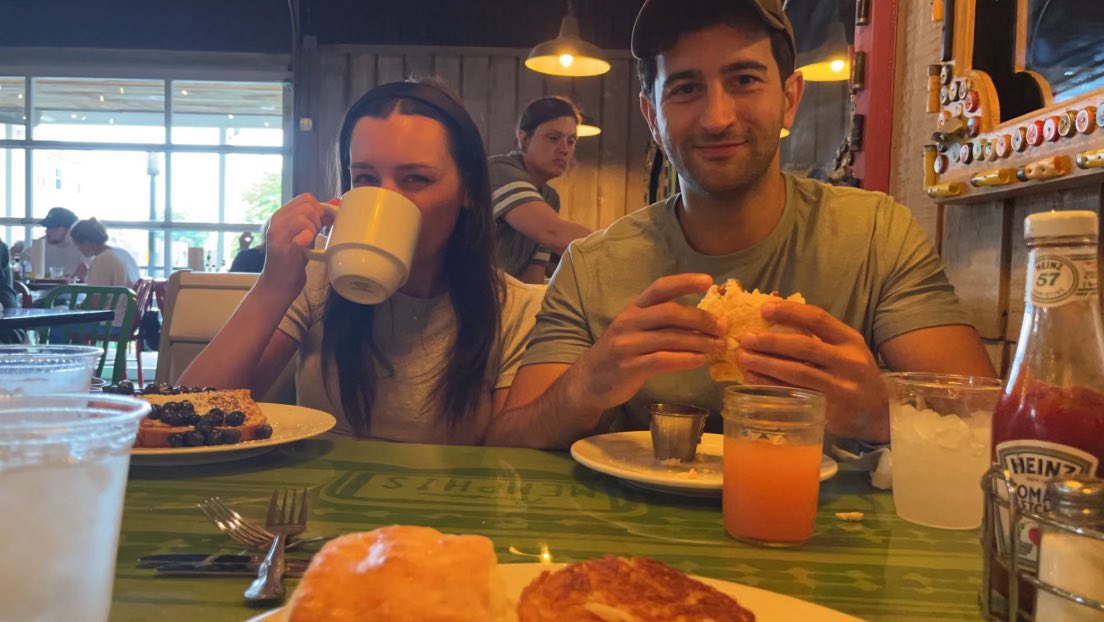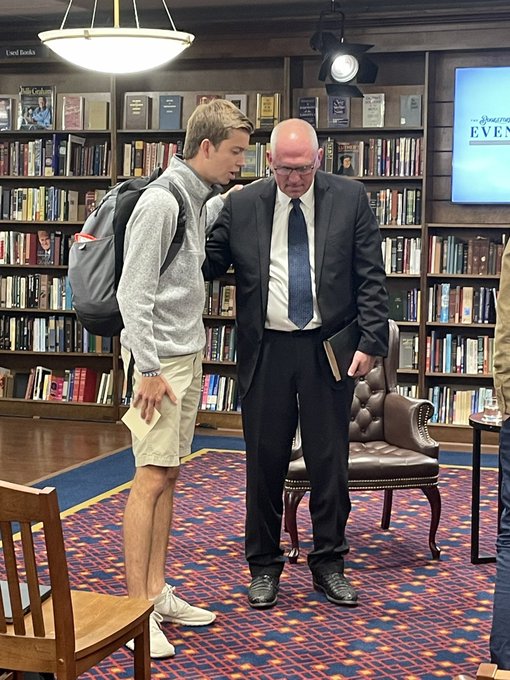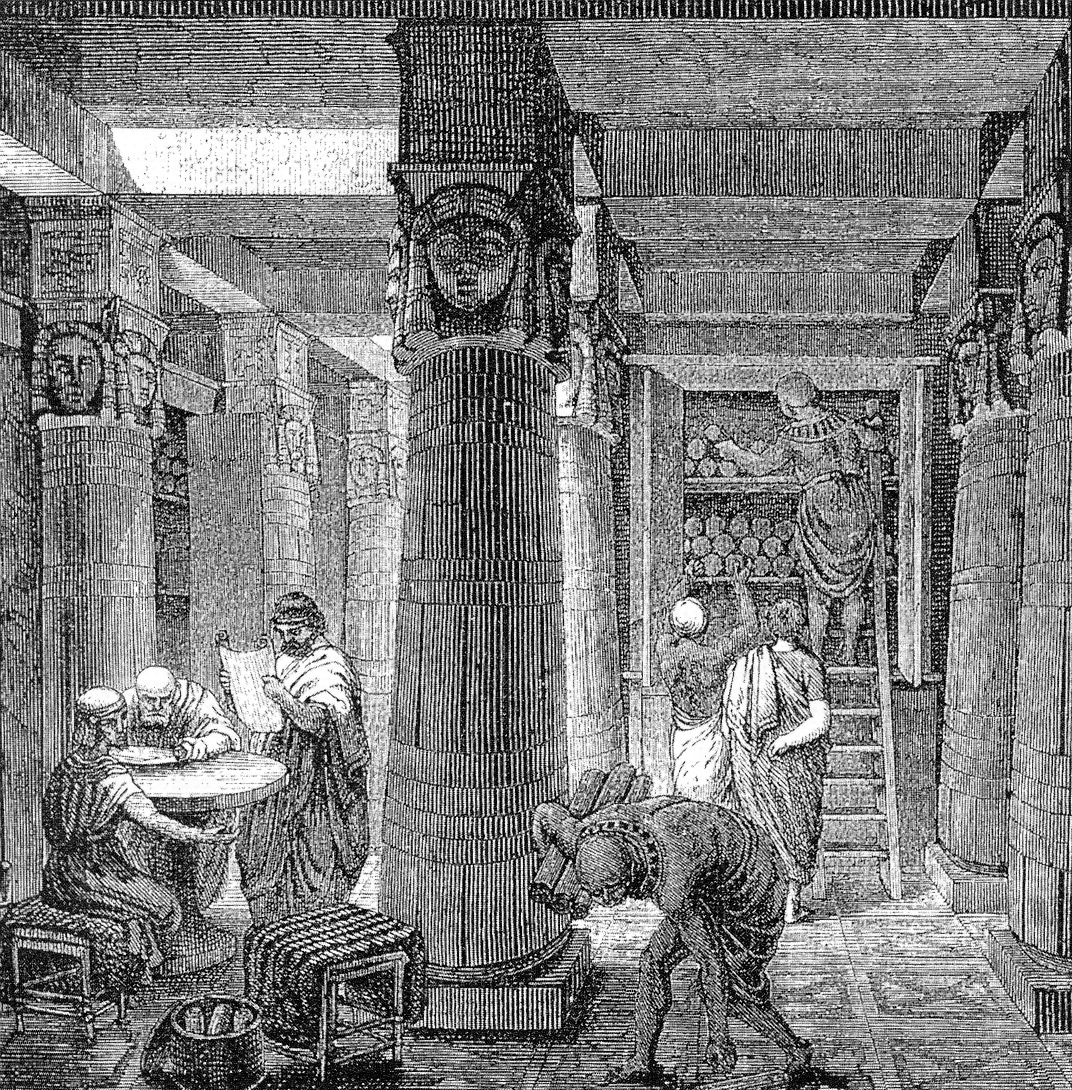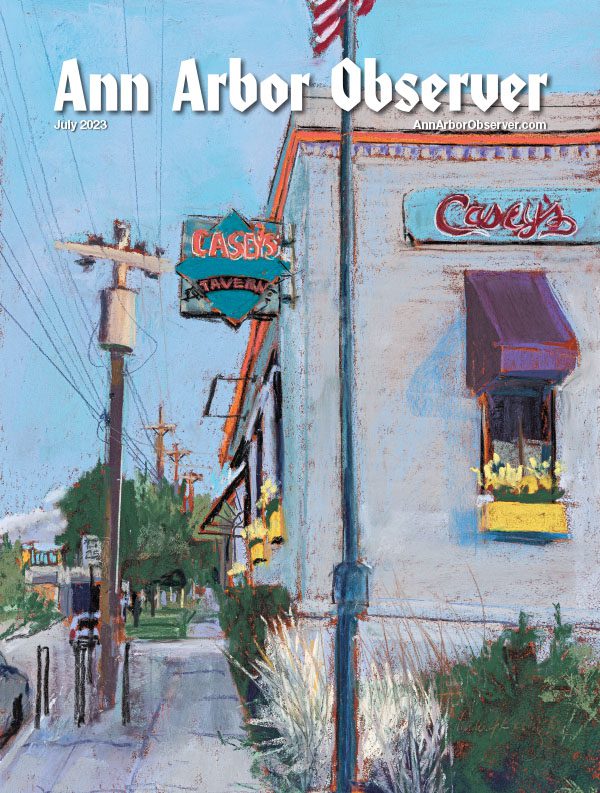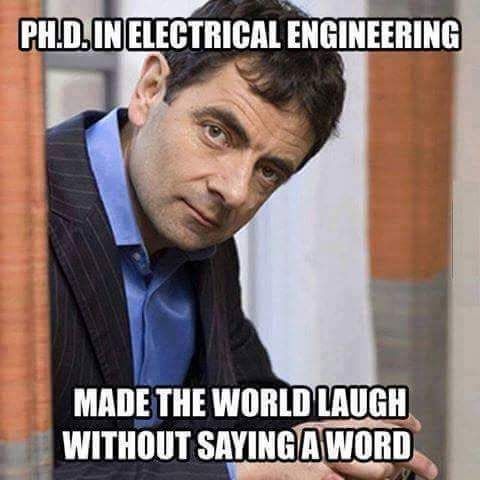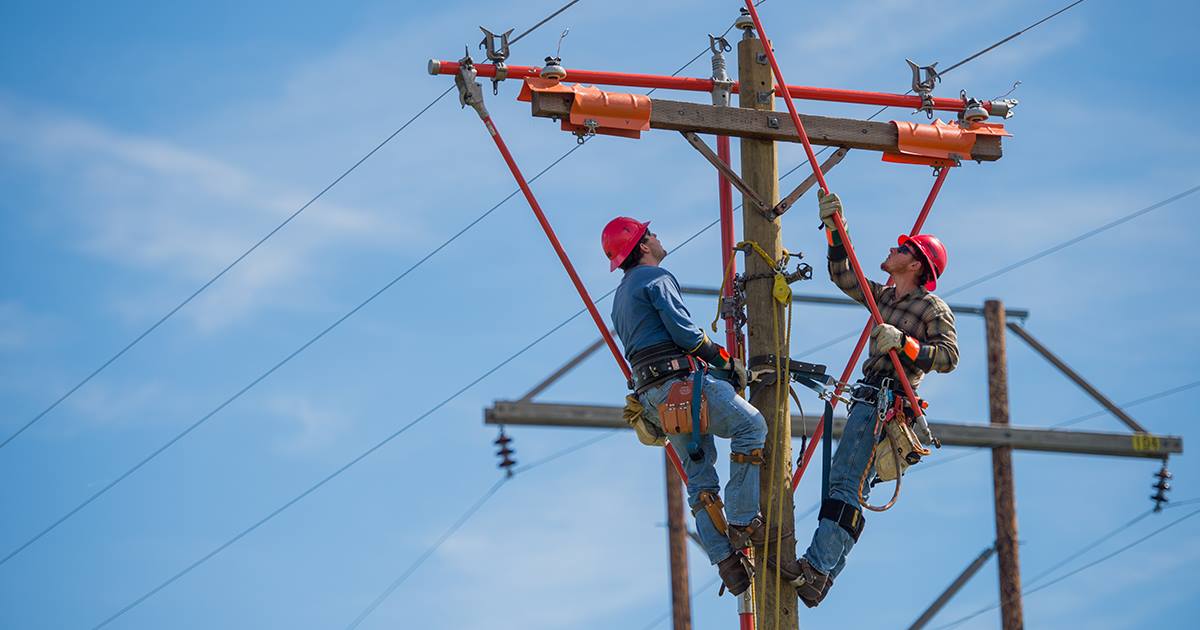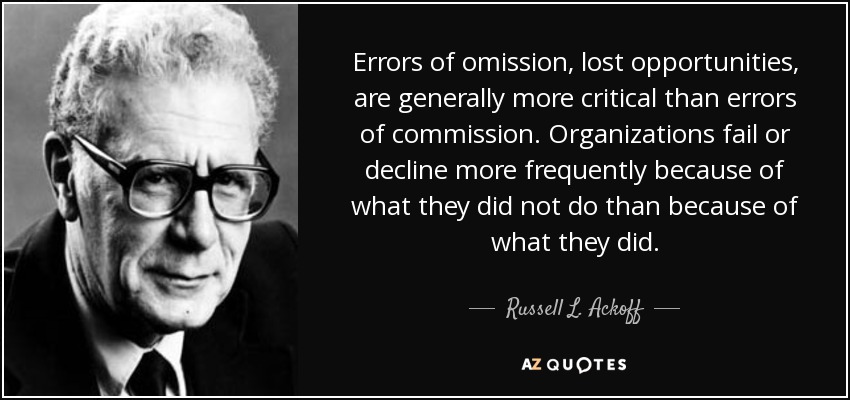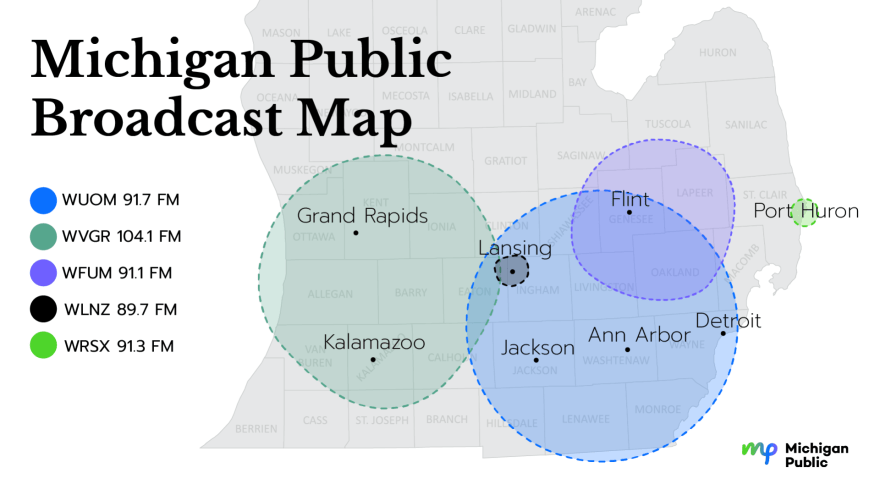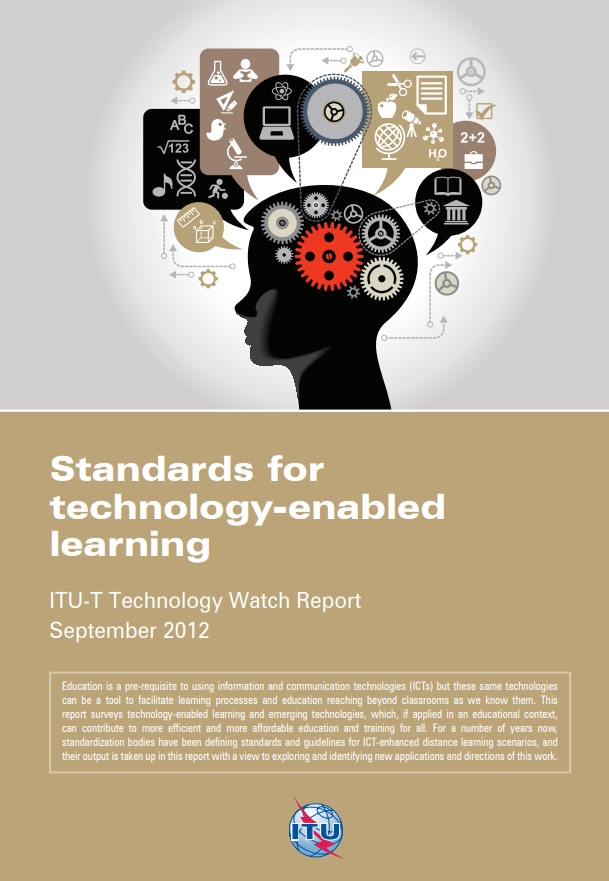Author Archives: mike@standardsmichigan.com
- Home
- Articles posted by mike@standardsmichigan.com

International Zoning Code
ANSI Standards Action: February 2, 2024
National Association of County Engineers
The purpose of the code is to establish minimum requirements to provide a reasonable level of health, safety, property protection and welfare by controlling the design, location, use or occupancy of all buildings and structures through the regulated and orderly development of land and land uses within this jurisdiction.
Municipalities usually have specific land use or zoning considerations to accommodate the unique needs and characteristics of college towns:
- Mixed-Use Zoning: Cities with colleges and universities often employ mixed-use zoning strategies to encourage a vibrant and diverse urban environment. This zoning approach allows for a combination of residential, commercial, and institutional uses within the same area, fostering a sense of community and facilitating interactions between students, faculty, and residents.
- Height and Density Restrictions: Due to the presence of educational institutions, cities may have specific regulations on building height and density to ensure compatibility with the surrounding neighborhoods and maintain the character of the area. These restrictions help balance the need for development with the preservation of the existing urban fabric.
- Student Housing: Cities with colleges and universities may have regulations or guidelines for student housing to ensure an adequate supply of affordable and safe accommodations for students. This can
include requirements for minimum bedroom sizes, occupancy limits, and proximity to campus. - Parking and Transportation: Given the concentration of students, faculty, and staff, parking and transportation considerations are crucial. Cities may require educational institutions to provide parking facilities or implement transportation demand management strategies, such as promoting public transit use, cycling infrastructure, and pedestrian-friendly designs.
- Community Engagement: Some cities encourage colleges and universities to engage with the local community through formalized agreements or community benefit plans. These may include commitments to support local businesses, contribute to neighborhood improvement projects, or provide educational and cultural resources to residents.
This is a relatively new title in the International Code Council catalog; revised every three years in the Group B tranche of titles. Search on character strings such as “zoning” in the link below reveals the ideas that ran through the current revision:
Complete Monograph: 2022 Proposed Changes to Group B I-Codes (1971 pages)
We maintain it on our periodic I-Codes colloquia, open to everyone. Revision proposals for the 2026 revision will be received until January 10, 2025.
2024/2025/2026 ICC CODE DEVELOPMENT SCHEDULE
We maintain it on our periodic I-Codes colloquia, open to everyone with the login credentials at the upper right of our home page.
Related:
- Reed v. Town of Gilbert (2015): This Supreme Court case involved a challenge to the town of Gilbert, Arizona’s sign code, which regulated the size, location, and duration of signs based on their content. The court held that the sign code was a content-based restriction on speech and therefore subject to strict scrutiny.
- City of Ladue v. Gilleo (1994): In this Supreme Court case, the court struck down a municipal ordinance that banned the display of signs on residential property, except for signs that fell within specific exemptions. The court held that the ban was an unconstitutional restriction on the freedom of speech.
- Metromedia, Inc. v. San Diego (1981): This Supreme Court case involved a challenge to a San Diego ordinance that banned off-premises advertising signs while allowing on-premises signs. The court held that the ordinance was an unconstitutional restriction on free speech, as it discriminated against certain types of speech.
- City of Ladue v. Center for the Study of Responsive Law, Inc. (1980): In this Supreme Court case, the court upheld a municipal ordinance that prohibited the display of signs on public property, but only if the signs were posted for longer than 10 days. The court held that the ordinance was a valid time, place, and manner restriction on speech.
- City of Boerne v. Flores (1997): This Supreme Court case involved a challenge to a municipal sign code that regulated the size, location, and content of signs in the city. The court held that the sign code violated the Religious Freedom Restoration Act, as it burdened the exercise of religion without a compelling government interest.
Quadrivium: Spring
“…O chestnut tree;, great rooted blossomer,
Are you the leaf, the blossom or the bold?
O body swayed to music, O brightening glance,
How can we know the dancer from the dance?”
— Among Schoolchildren, 1933 William Butler Yeats
United States Patent and Trademark Office: News and Updates
American National Standards Institute: Standards Action
International Electrotechnical Commission
International Organization for Standardization
International Telecommunication Union
2026 National Electrical Code Workspace
2028 National Electrical Safety Code Workspace
We sweep through the world’s three major time zones; updating our understanding of the literature at the technical foundation of education community safety and sustainability in those time zones 24 times per day. We generally eschew “over-coding” web pages to sustain speed, revision cadence and richness of content as peak priority. We do not provide a search facility because of copyrights of publishers and time sensitivity of almost everything we do.
Cognitive Science: An Introduction to the Study of Mind
Our daily colloquia are typically doing sessions; with non-USA titles receiving priority until 16:00 UTC and all other titles thereafter. We assume policy objectives are established (Safer-Simpler-Lower-Cost, Longer-Lasting). Because we necessarily get into the weeds, and because much of the content is time-sensitive and copyright protected, we usually schedule a separate time slot to hammer on technical specifics so that our response to consultations are meaningful and contribute to the goals of the standards developing organization and to the goals of stewards of education community real assets.
Really fun seeing our teachers modifying core curriculum to meet our students needs. Instead of thinking that they can’t, I love how we think of how we can!!! #dg58pride pic.twitter.com/xTGjkjd7DS
— Dr. Jackelyn (@DrCadard) January 24, 2024
![]()
1. Leviathan. We track noteworthy legislative proposals in the United States 118th Congress. Not many deal specifically with education community real assets since the relevant legislation is already under administrative control of various Executive Branch Departments such as the Department of Education.
We do not advocate in legislative activity at any level. We respond to public consultations but there it ends.
We track federal legislative action because it provides a stroboscopic view of the moment — the “national conversation”– in communities that are simultaneously a business and a culture. Even though more than 90 percent of such proposals are at the mercy of the party leadership the process does enlighten the strengths and weakness of a governance system run entirely through the counties on the periphery of Washington D.C. It is impossible to solve technical problems in facilities without sensitivity to the zietgeist that has accelerated in education communities everywhere.
We typically post one federal and one state level consultation or action every day for at least one of the 50-states — in the lower right corner of our home page when most education communities in the United States have begun a new work day. Examples, irregularly linked:
2. National Institute of Standards and Technology (NIST)
Post-Quantum Cryptography Practice Guide (June 8)
Public Consultation on Semiconductor Manufacturing (November 28)
NIST Awards Funding to 5 Universities to Advance Standards Education
NIST Center for Neutron Research: 2022 Outstanding Student Poster Presentation
NIST Report Outlines Strategic Opportunities for U.S. Semiconductor Manufacturing
3. ANSI ISO Business (Many of these projects are normally covered during our Hello World! colloquia
ANSI April 2023 Public Policy Update
ANSI January Report 2023 on ISO, IEC & ITU Work Items
ISO Standardization Foresight Framework | Trend Report 2022
New ISO Subcommittee ISO/TC 197/SC 1 – Hydrogen at Scale and Horizontal Energy Systems
New ISO Subcommittee ISO/TC 67/SC 10 – Enhanced oil recovery
Update: Certification+Degree (C+D) pathways in information technology (IT) and health sciences.
Standards Coordination Office | USA WTO TBT Enquiry Point
Consultations (Some posted with IEEE Education & Healthcare Facilities Committee) | Direct access to primary workspace
4. Fast Forward
5. Rewind
6. Corrigenda
International Standardization Organization Week Date
Readings
Guide to Premises Security
NFPA 730 Guide to Premise Security guide describes construction, protection, occupancy features, and practices intended to reduce security vulnerabilities to life and property. Related document — NFPA 731 Standard for the Installation of Electronic Premises Security Systems covers the application, location, installation, performance, testing, and maintenance of electronic premises security systems and their components.
The original University of Michigan standards advocacy enterprise (see ABOUT) began following the evolution of NFPA 730 and NFPA 731 since the 2008 Edition. That enterprise began a collaboration with trade associations and subject matter experts from other universities (notably Georgetown University and Evergreen State University) to advocate user-interest concepts in the 2011 edition. A summary of advocacy action is summarized in the links below:
in the appeared in a trade association journal Facilities Manager:
APPA Code Talkers Anthony Davis Facility Manager May June 2011
An online presentation by Michael C. Peele (Georgetown University) — one of the voting members of NFPA 730 and NFPA 731 technical committees– was recorded and is linked below.
FREE ACCESS: 2023 Guide for Premises Security
FREE ACCESS: 2018 NFPA 730 Guide to Premise Security
Public comment on the First Draft of the 2026 Edition will be received until January 3, 2025. You may key in your own ideas by clicking in to our user-interest Public Consultation Meeting Point or by communicating directly with the NFPA.
This title remains on the standing agenda of our Security colloquia. See our CALENDAR for the next online meeting; open to everyone.
2028 National Electrical Safety Code
Project Introduction for the 2028 Edition (2:39 minutes)
Changes proposals for the Edition will be received until 15 May 2024
Project Workspace: Update Data Tables in IEEE Recommended Practice for the Design of Reliable Industrial and Commercial Power Systems
Federal Energy Regulatory Commission: Electrical Resource Adequacy
The standard of care for electrical safety at high and low voltage is set by both the NEC and the NESC. There are gaps, however (or, at best “gray areas”) — the result of two technical cultures: utility power culture and building fire safety culture. There is also tradition. Local system conditions and local adaptation of regulations vary. Where there is a gap; the more rigorous requirement should govern safety of the public and workers.
The 2023 National Electrical Safety Code (NESC)– an IEEE title often mistaken for NFPA’s National Electrical Code (NEC) — was released for public use about six months ago; its normal 5-year revision cycle interrupted by the circumstances of the pandemic. Compared with the copy cost of the NEC, the NESC is pricey, though appropriate for its target market — the electric utility industry. Because the 2023 revision has not been effectively “field tested” almost all of the available support literature is, effectively, “sell sheets” for pay-for seminars and written by authors presenting themselves as experts for the battalions of litigators supporting the US utility industry. Without the ability to sell the NESC to prospective “insiders” the NESC would not likely be commercial prospect for IEEE. As the lawsuits and violations and conformance interests make their mark in the fullness of time; we shall see the 2023 NESC “at work”.
Office of the President: Economic Benefits of Increasing Electric Grid Resilience to Weather Outages
Change Proposals are now being accepted from the public for revisions to the 2023 Edition of the National Electrical Safety Code® #NESC through 15 May 2024.
Learn more: https://t.co/jbxWtLPS6r pic.twitter.com/FRvZly1DoH
— IEEE Standards Association | IEEE SA (@IEEESA) April 11, 2024
“Science can amuse and fascinate us all, but it is engineering that changes the world.”
– Isaac Asimov pic.twitter.com/IDl3dWLVgn— World of Engineering (@engineers_feed) February 26, 2024
Research Tracks:
- Smart Grid Technologies:
- Investigating advanced technologies to enhance the efficiency, reliability, and sustainability of power grids.
- Energy Storage Systems:
- Researching and developing new energy storage technologies to improve grid stability and accommodate intermittent renewable energy sources.
- Distributed Generation Integration:
- Studying methods to seamlessly integrate distributed energy resources such as solar panels and wind turbines into the existing power grid.
- Grid Resilience and Security:
- Exploring technologies and strategies to enhance the resilience of power grids against cyber-attacks, natural disasters, and other threats.
- Demand Response Systems:
- Researching ways to improve demand-side management and develop systems that allow consumers to actively participate in grid balancing.
University of Groningen: Smart Grid Blockchains
- Researching ways to improve demand-side management and develop systems that allow consumers to actively participate in grid balancing.
- Advanced Sensors and Monitoring:
- Developing new sensor technologies and monitoring systems to enhance grid visibility, detect faults, and enable predictive maintenance.
- Power Quality and Reliability:
- Studying methods to improve power quality, reduce voltage fluctuations, and enhance overall grid reliability.
- Integration of Electric Vehicles (EVs):
- Researching the impact of widespread electric vehicle adoption on the grid and developing smart charging infrastructure.
- Grid Automation and Control:
- Exploring advanced automation and control strategies to optimize grid operations, manage congestion, and improve overall system efficiency.
- Campus Distribution Grid Selling and Buying
Standards:
Presentation | FERC-NERC-Regional Entity Joint Inquiry Into Winter Storm Elliott
IEEE Guide for Joint Use of Utility Poles with Wireline and/or Wireless Facilities
NESC Rule 250B and Reliability Based Design
NESC Requirements (Strength and Loading)
Engineering Analysis of Possible Effects of 2017 NESC Change Proposal to Remove 60′ Exemption
Joint Use of Electric Power Transmission & Distribution Facilities and Equipment
A Framework to Quantify the Value of Operational Resilience for Electric Power Distribution Systems
Technologies for Interoperability in Microgrids for Energy Access
National Electrical Safety Code: Revision Cycles 1993 through 2023
February 24, 2023
The new code goes into effect 1 February 2023, but is now available for access on IEEE Xplore! Produced exclusively by IEEE, the National Electrical Safety Code (NESC) specifies best practices for the safety of electric supply and communication utility systems at both public and private utilities. The bibliography is expanding rapidly:
NESC 2023: Introduction to the National Electrical Safety Code
NESC 2023: Safety Rules for Installation and Maintenance of Overhead Electric Supply
NESC 2023: Rules for Installation and Maintenance of Electric Supply Stations
October 31, 2022
The IEEE NESC technical committee has released a “fast track” review of proposed changes to fault-managed power system best practice:
CP5605 Provides a definition of new Fault Managed Power System (FMPS) circuits used for the powering of
communications equipment clearly defines what constitutes a FMPS circuit for the purposes of application of the NESC
Rules of 224 and 344
https://ieee-sa.imeetcentral.com/p/eAAAAAAASPXtAAAAADhMnPs
CP5606 Provides new definitions of Communication Lines to help ensure that Fault Managed Power Systems (FMPS)
circuits used for the exclusive powering of communications equipment are clearly identified as communications lines
and makes an explicit connection to Rule 224B where the applicable rules for such powering circuits are found.
https://ieee-sa.imeetcentral.com/p/eAAAAAAASPXpAAAAAFfvWIs
CP5607 The addition of this exception permits cables containing Fault Managed Power System (FMPS) circuits used for
the exclusive powering of communications equipment to be installed without a shield.
https://ieee-sa.imeetcentral.com/p/eAAAAAAASPXuAAAAAEEt3p4
CP5608 The addition of this exception permits cables containing Fault Managed Power System (FMPS) circuits used for
the exclusive powering of communications equipment to be installed without a shield.
https://ieee-sa.imeetcentral.com/p/eAAAAAAASPXvAAAAAGrzyeI
We refer them to the IEEE Education & Healthcare Facilities Committee for further action, if any.
August 5, 2022
We collaborate closely with the IEEE Education & Healthcare Facilities Committee (IEEE E&H) to negotiate the standard of care for power security on the #SmartCampus since many campus power systems are larger than publicly regulated utilities. Even when they are smaller, the guidance in building the premise wiring system — whether the premise is within a building, outside the building (in which the entire geography of the campus footprint is the premise), is inspired by IEEE Standards Association administrated technical committees.
Today we begin a list of noteworthy changes to be understood in the next few Power colloquia. See our CALENDAR for the next online meeting.
- New rules 190 through 195 cover photovoltaic generating stations. Rule 116c adds an exception for short lengths of insulated power cables and short-circuit protection if the situation involves fewer than 1,000 volts.
- Rule 320B has been revised to clarify separations that apply to communications and supply in different conduit systems.
- Table 410-4 is based on the latest arc flash testing on live-front transformers.
- Rule 092A adds an exception allowing protection, control, and safety battery systems to not be grounded.
- Rules 234 B1, C1, D1 were revised to better present vertical and horizontal wind clearances, and to coordinate requirements with the new Table 234-7.
- Rule 120A was revised to provide correction factors for clearances on higher elevations.
- Table 253-1 has been revised to reduce the load factor for fiber-reinforced polymer components under wire tension—including dead ends—for Grade C construction.
- Rule 410A now requires a specific radio-frequency safety program for employees who might be exposed.
- In the Clearances section, as well as in the specification of the Grade of Construction in Table 242-1, the Code further clarifies the use of non-hazardous fiber optic cables as telecom providers continue to expand their networks.
- Revisions in the Strength & Loading sections include modified Rule 250C, which addresses extreme wind loading for overhead lines. Two wind maps are now provided instead of the previous single one. A map for Grade B, the highest grade of construction, with a Mean Recurrence Interval (MRI) of 100 years (corresponding to a one percent annual probability of occurrence) is provided in place of the previous 50–90-year MRI map. For Grade C construction, a separate 50-year MRI (two percent annual probability of occurrence) map is now provided. In the previous Code, a factor was applied to the 50–90-year MRI map for application to Grade C.
- Changes were also made to the method of determining the corresponding wind loads, consistent with the latest engineering practices as an example of a Code revision focused on public safety, the ground end of all anchor guys adjacent to regularly traveled pedestrian thoroughfares, such as sidewalks, and similar places where people can be found must include a substantial and conspicuous marker to help prevent accidents. The previous Code did not require the marking of every such anchor guy.
- Significant revisions were made in Section 14 covering batteries. Previous editions of the code were based on lead-acid technology and batteries only used for backup power. The 2023 Code incorporates the new battery technologies and addresses energy storage and backup power.
- A new Section 19 of the code covers photovoltaic generating stations, with sections addressing general codes, location, grounding configurations, vegetation management, DC overcurrent protection, and DC conductors. These new rules accommodate large-scale solar power projects.
- In the Clearances section, all rules for wireless antenna structures have been consolidated in the equipment section (Rule 238 and 239), which makes the Code more user-friendly.
- A new subcommittee was created focusing on generating stations, with the original subcommittee continuing to address substations.
- A working group is investigating Fault Managed Power Systems (FMPS) cables as the technology may be used for 5G networks. The team is looking at possible impacts, including clearances and work rules.
After "slipping a pole" in its revision cadence (owed to the circumstances of the pandemic) the 2023 NESC is rolling out for incorporation by reference into public safety laws relevant to education communities with #WiseCampus ambitions.@ieee_pes @IEEESAhttps://t.co/7EaTBgxa8X pic.twitter.com/jPvZNYzWBi
— IEEECampus (@IEEECampus) August 5, 2022
February 18, 2021
Several proposals recommending improvements to the 2017 National Electrical Safety Code (NESC) were submitted to the IEEE subcommittees drafting the 2022 revision of the NESC. Some of the proposals deal with coordination with the National Electrical Code — which is now in its 2023 revision cycle. Keep in mind that that NESC is revised every 5 years at the moment; the NEC is revised every 3 years.
The original University of Michigan standards advocacy enterprise has been active in writing the NESC since the 2012 edition and set up a workspace for use by electrical professionals in the education industry. We will be using this workspace as the 2022 NESC continues along its developmental path:
The revision schedule — also revised in response to the circumstances of the pandemic — is linked below::
NESC 2023 Edition Revision Schedule*
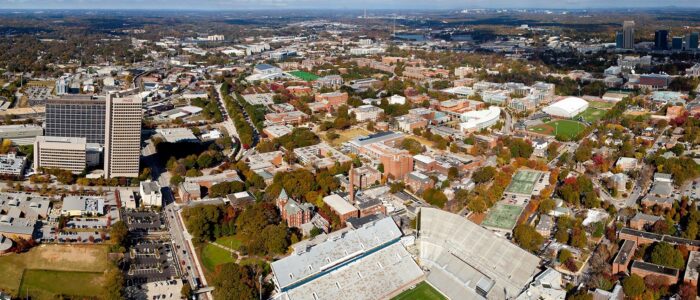
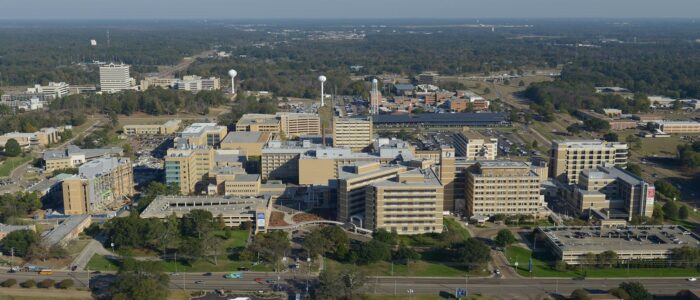
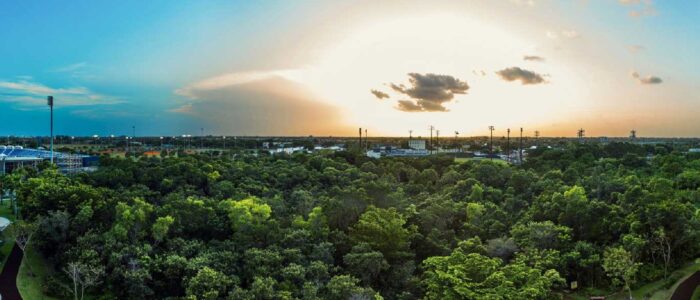
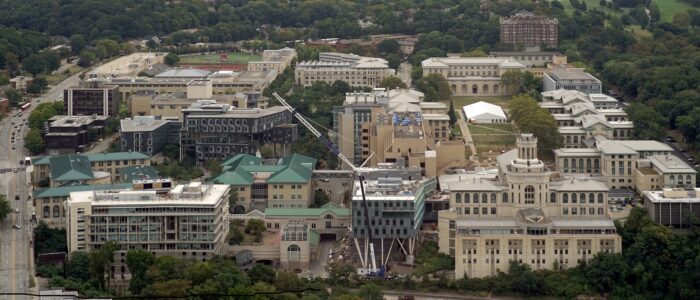
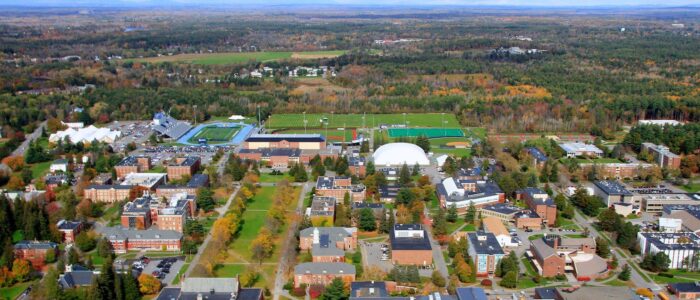
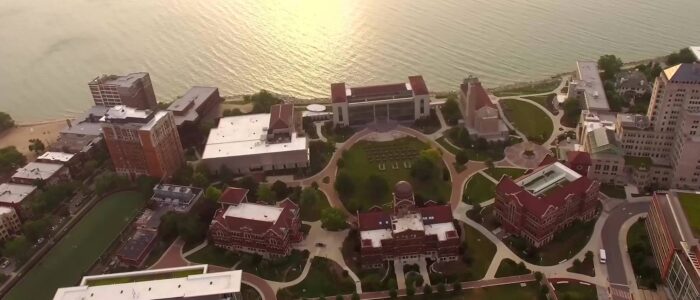
The NESC is a standing item on the 4-times monthly teleconferences of the IEEE Education & Healthcare Facilities committee. The next online meeting is shown on the top menu of the IEEE E&H website:
We have a copy of the first draft of the 2023 NESC and welcome anyone to join us for an online examination during any of Power & ICT teleconferences. See our CALENDAR for the next online meeting.
Business unit leaders, facility managers and electrical engineers working in the education facilities industry may be interested in the campus power system reliability database. Forced outages on large research campuses, for example, can have enterprise interruption cost of $100,000 to $1,000,000 per minute. The campus power system forced outage database discriminates between forced outages attributed to public utility interruptions and forced outages attributed to the university-owned power system. The E&H committee will convey some of the discipline applied by the IEEE 1366 technical committee into its study of campus power systems and, ultimately, setting a benchmark for the standard of care for large university power systems.
* The IEEE changed the nominal date of the next edition; likely owed to pandemic-related slowdown typical for most standards developing organizations.
Issue: [16-67]
Contact: Mike Anthony, Robert G. Arno, Lorne Clark, Nehad El-Sharif, Jim Harvey, Kane Howard, Joe Weber, Guiseppe Parise, Jim Murphy
Category: Electrical, Energy Conservation & Management, Occupational Safety
ARCHIVE: University of Michigan Advocacy in the NESC 2007 – 2017
The 2023 National Electrical Safety Code (#NESC) will be published this August. Stay tuned for new resources from #IEEE coming soon! Read about the upcoming changes here:https://t.co/VLXCNaf74S
— IEEE Educational Activities (@IEEEeducation) June 8, 2022
LEARN MORE:
P1366 – Guide for Electric Power Distribution Reliability Indices
University Design Guidelines that reference the National Electrical Safety Code
Falsus in uno, Falsus in omnibus
National Public Radio follows guidelines and best practices when conducting fundraising campaigns, but they’re not so much strict “rules” as they are principles and standards upheld by NPR and its member stations. Here are some common practices and considerations:
- Transparency: NPR and its member stations are typically transparent about their funding needs and where the money goes. They often provide detailed breakdowns of their budgets and expenses.
- Ethical Solicitation: Fundraising efforts should be conducted ethically and in accordance with NPR’s values. This means avoiding misleading tactics and being honest about the need for funding.
- Listener Support: NPR often emphasizes the importance of listener support in funding their programming. They encourage individuals to contribute at various levels, often with incentives like member benefits.
- Corporate Sponsorship: NPR also receives funding from corporate sponsors, “but they are careful to maintain editorial independence.” Sponsored content is clearly labeled, and NPR maintains strict guidelines to ensure that sponsors do not influence editorial decisions.
- Member Stations: NPR member stations across the country conduct their own fundraising campaigns, often in conjunction with national NPR campaigns. These stations rely heavily on listener support and may have their own guidelines and practices.
- Regulatory Compliance: NPR and its member stations must comply with relevant laws and regulations governing fundraising, including those related to nonprofit organizations and broadcasting.
- Stewardship: NPR and its member stations typically prioritize stewardship of donor funds, ensuring that donations are used effectively and efficiently to support their mission and programming.
While there may not be hard and fast rules for NPR fundraising, adherence to these principles helps maintain trust with listeners and supporters.
My resignation letter to NPR CEO @krmaher pic.twitter.com/0hafVbcZAK
— Uri Berliner (@uberliner) April 17, 2024
To become a National Public Radio (NPR) member station or broadcaster, certain criteria must be met. NPR is a mission-driven organization that partners with independently owned and operated public radio stations across the United States to deliver its programming. Here are the typical criteria for becoming an NPR member station:
- Nonprofit Status: NPR member stations must be nonprofit organizations, often affiliated with universities, community organizations, or governmental bodies.
- Broadcast License: Stations must hold a valid broadcast license issued by the Federal Communications Commission (FCC) in the United States. This license authorizes the station to broadcast on a specific frequency within a designated geographic area.
- Commitment to NPR’s Mission: Member stations are expected to share NPR’s mission of providing high-quality, non-commercial programming that serves the public interest. This includes delivering news, cultural content, and educational programming to their local communities.
- Financial Stability: Stations must demonstrate financial stability and viability to ensure they can fulfill their commitments to NPR and their local communities over the long term.
- Technical Requirements: Stations must meet certain technical requirements to ensure they can receive and broadcast NPR programming effectively. This includes having appropriate transmission equipment and meeting FCC regulations for broadcast quality and coverage.
- Membership Dues: Member stations are required to pay annual membership dues to NPR, which help support NPR’s operations and programming.
- Compliance with NPR Policies: Stations must adhere to NPR’s policies and guidelines regarding programming standards, ethics, and editorial independence.
- Community Engagement: NPR values stations that are actively engaged with their local communities, including through outreach, events, and partnerships with local organizations.
- Programming Commitment: Member stations are expected to broadcast a significant portion of NPR programming, including flagship shows like “Morning Edition” and “All Things Considered,” as well as other NPR-produced content.
- Commitment to Diversity, Equity, and Inclusion: NPR values diversity in its member stations and encourages stations to reflect the diversity of their communities in their programming and staffing.
Overall, becoming an NPR member station involves a combination of legal, financial, technical, and cultural considerations, all aimed at supporting NPR’s mission of providing high-quality public radio programming to audiences across the United States.
A significant portion of NPR member stations are associated with universities or colleges. These stations are often operated by the educational institution’s media departments or affiliated broadcasting organizations. They serve as valuable training grounds for students studying journalism, communications, broadcasting, and related fields.
While the exact number of NPR member stations associated with universities or colleges may vary over time, it’s safe to say that a substantial portion of the network falls into this category. Many universities and colleges across the United States operate their own radio stations, and a portion of these stations choose to affiliate with NPR to access its programming and resources.
Related:
Pew Research Center: Public Broadcasting Fact Sheet
— NPR (@NPR) April 12, 2023
Urban Dictionary: Affluent White Female Liberal
NPR names Katherine Maher President and CEO
Tucker Carlson: Radicalized NPR on verge of destroying itself
Congresswoman Tenney Moves to Defund NPR
Outrageous bias in the media: NPR “National Public Radio “
National Center for Charitable Statistics
Multiple bills introduced in Congress to defund NPR https://t.co/FHUwd5nFDW via @dcexaminer
— Standards Michigan (@StandardsMich) April 24, 2024
NESC & NEC Cross-Code Correlation
This content is accessible to paid subscribers. To view it please enter your password below or send mike@standardsmichigan.com a request for subscription details.
Radio Transmission Power & Frequency Allocation
Why are there at least 10 publicly funded radio stations receivable in a 75 mile radius (back and forth, up and down) the I-94/I-75 corridor of Michigan — all of them domiciled in public universities? These stations also receive revenue from other non-profit organizations, unending funding drives and private advertising from multinational financing organizations such as Schwab, Fidelity and other for-profit corporations. Most of them purchase their “content” from the same source; reflecting the same large government bias seen across the entire nation; concentrated in college towns with spotty intellectual history.
Within an approximate 50 mile radius of the University of Michigan, five national public radio stations are receivable:
WUOM University of Michigan Ann Arbor
WEMU Eastern Michigan University
WDET Wayne State University
WKAR Michigan State University
WGTE University of Toledo
Move 25 miles to the northwest and two more are receivable:
WLNZ Landing Community College
Move 25 miles northeast and three more are receivable
WFUM University of Michigan Flint
WMUK Western Michigan University
WAUS Andrews University
FCC ONLINE TABLE OF FREQUENCY ALLOCATIONS: 47 C.F.R. § 2.106
(Revised July 1, 2022)
Standards for radio broadcast coverage can vary depending on factors like location, broadcasting technology, and regulatory requirements. Here’s a general list covering various aspects:
- Technical Standards:
- Transmission Power and Frequency Allocation: Standards set by regulatory bodies like the Federal Communications Commission (FCC) in the United States or Ofcom in the UK regulate the power levels and frequencies allocated to radio stations to prevent interference.
- Audio Quality: Standards for audio encoding and decoding, such as those defined by organizations like the European Broadcasting Union (EBU) or the Advanced Audio Coding (AAC) standards.
- Antenna Design and Installation: Standards for antenna design, placement, and maintenance to ensure efficient transmission and coverage.
- Content Standards:
- Language and Content Regulations: Regulations on language, decency, and content suitability enforced by regulatory bodies to ensure broadcasts adhere to community standards and do not contain offensive or harmful material.
- Advertising Standards: Guidelines on the content and placement of advertisements to prevent deceptive practices and ensure fairness and transparency.
- Copyright and Licensing: Regulations governing the use of copyrighted material and licensing agreements for broadcasting music, interviews, and other content.
- Emergency Broadcast Standards:
- Emergency Alert Systems (EAS): Standards for implementing emergency alert systems to disseminate important information to the public during emergencies or disasters.
- Public Safety Communications: Standards for communication protocols and procedures to coordinate with emergency services and agencies during crises.
- Accessibility Standards:
- Closed Captioning: Standards for providing closed captioning for the hearing impaired, ensuring accessibility to radio broadcasts.
- Descriptive Video Service (DVS): Standards for providing audio descriptions of visual content for the visually impaired.
- Ethical Standards:
- Journalistic Integrity: Guidelines for ethical reporting and journalism standards, including accuracy, fairness, and impartiality.
- Disclosure of Sponsored Content: Standards for disclosing sponsored or paid content to maintain transparency and trust with the audience.
- Conflict of Interest Policies: Standards for identifying and managing conflicts of interest in news reporting and programming.
- Health and Safety Standards:
- Electromagnetic Radiation Exposure Limits: Standards set by health organizations and regulatory bodies to limit human exposure to electromagnetic radiation emitted by radio transmitters.
- Workplace Safety: Standards for ensuring the safety of radio station personnel and compliance with occupational health and safety regulations.
These standards are often enforced by governmental regulatory agencies, industry organizations, and professional associations to ensure the quality, integrity, and safety of radio broadcast coverage.
— NPR (@NPR) April 12, 2023
New update alert! The 2022 update to the Trademark Assignment Dataset is now available online. Find 1.29 million trademark assignments, involving 2.28 million unique trademark properties issued by the USPTO between March 1952 and January 2023: https://t.co/njrDAbSpwB pic.twitter.com/GkAXrHoQ9T
— USPTO (@uspto) July 13, 2023
Standards Michigan Group, LLC
2723 South State Street | Suite 150
Ann Arbor, MI 48104 USA
888-746-3670


